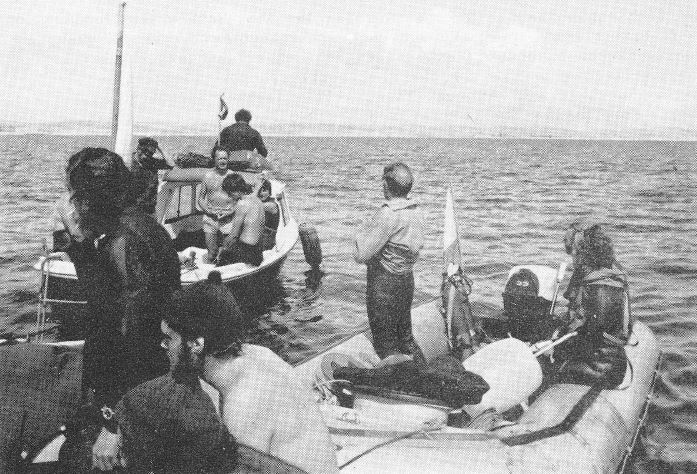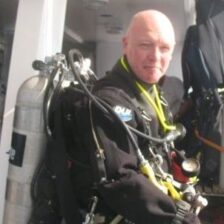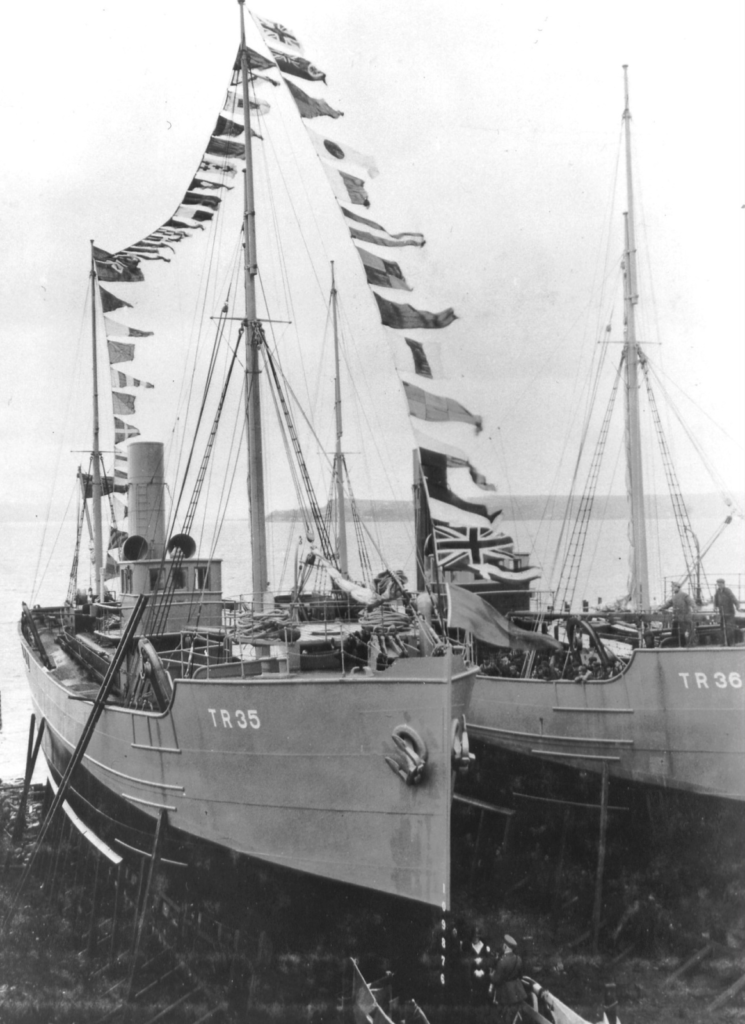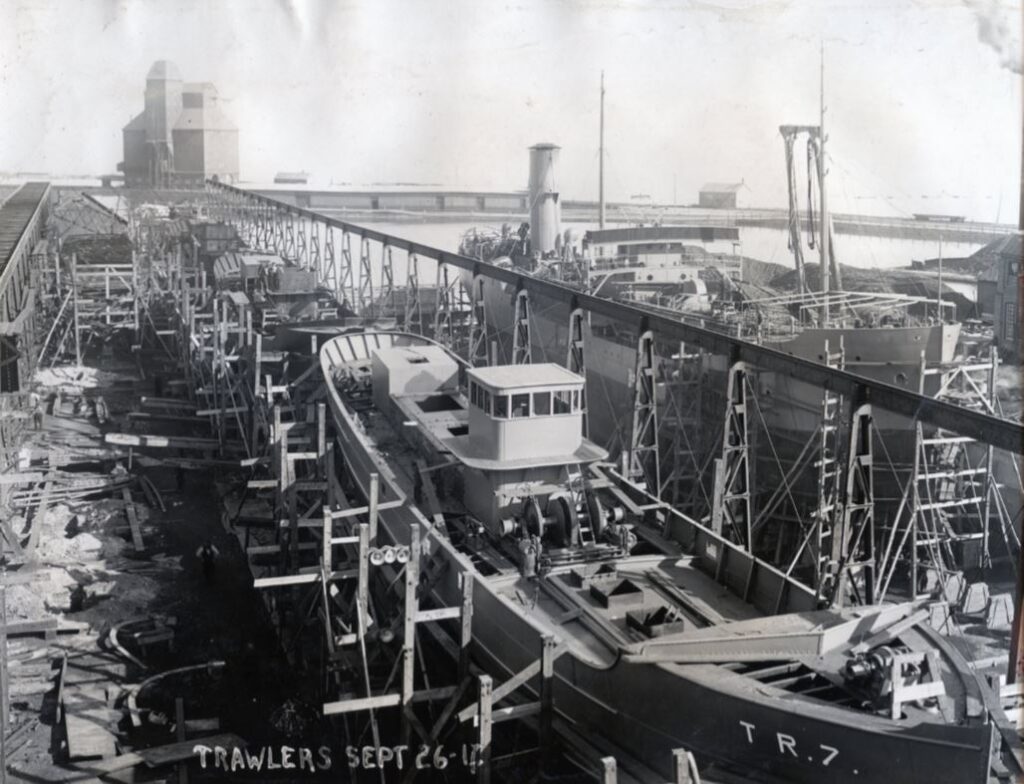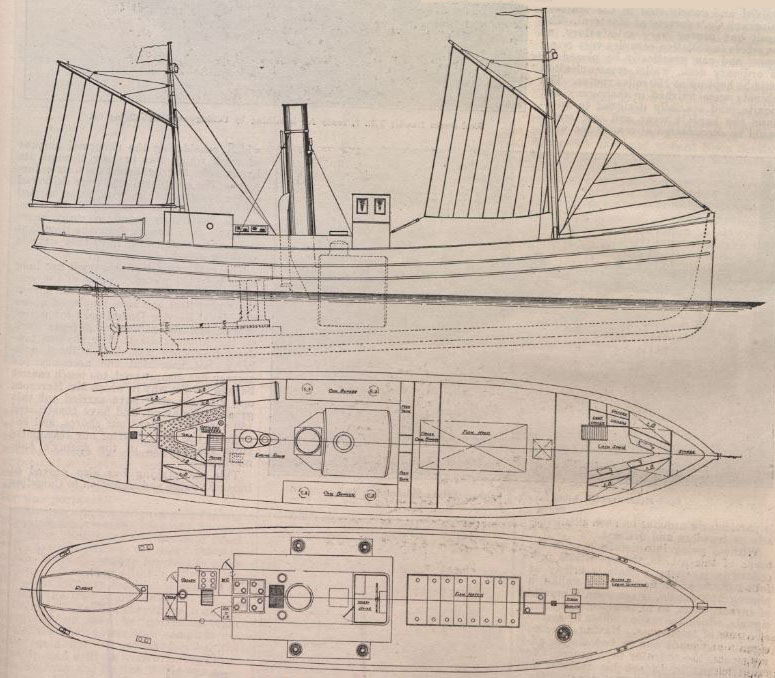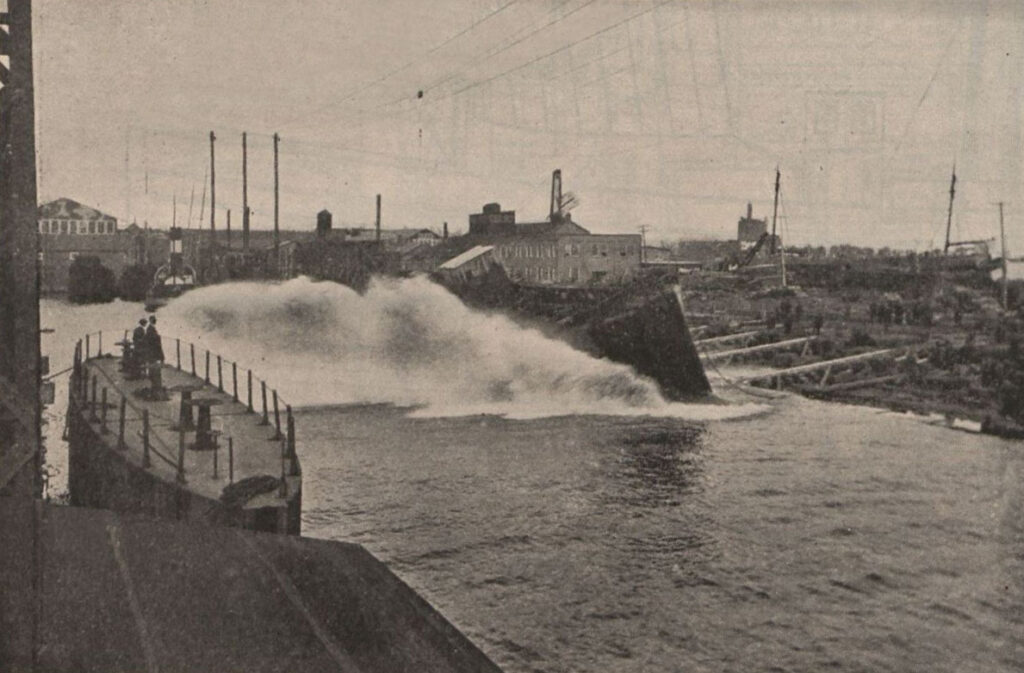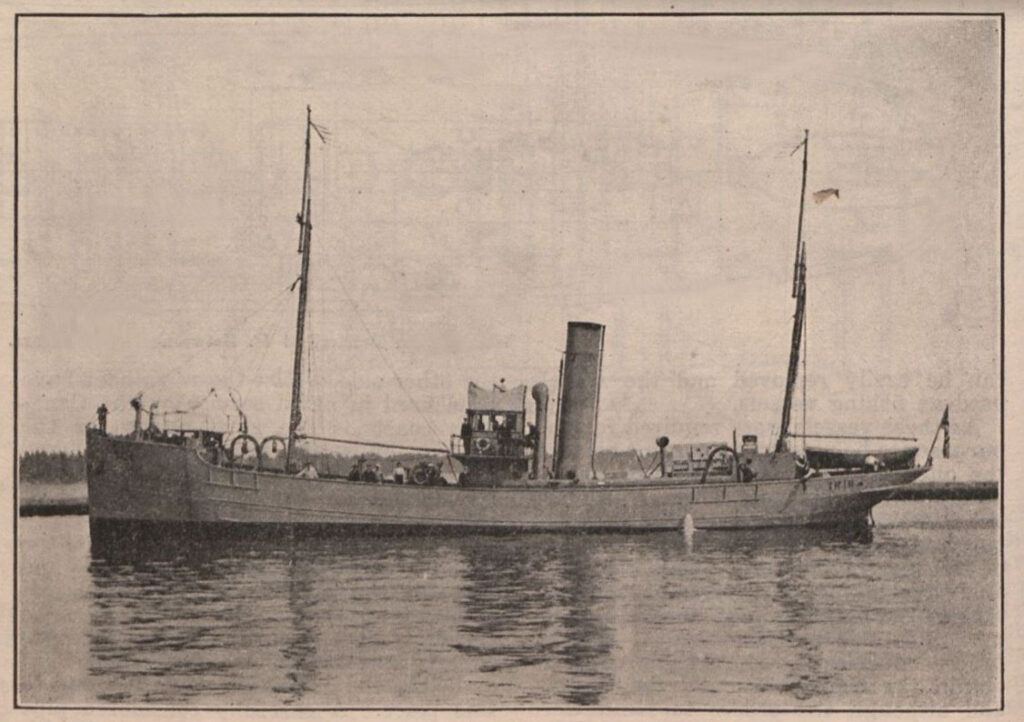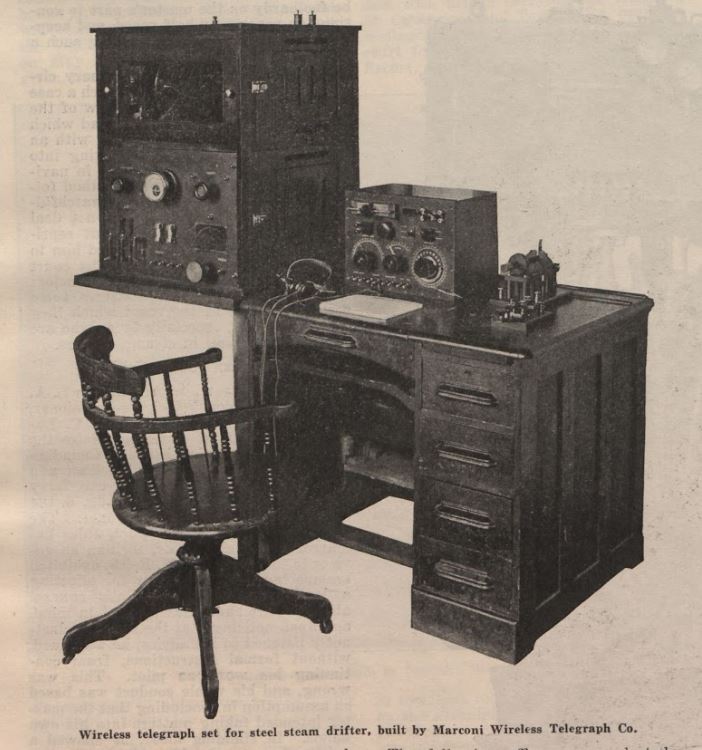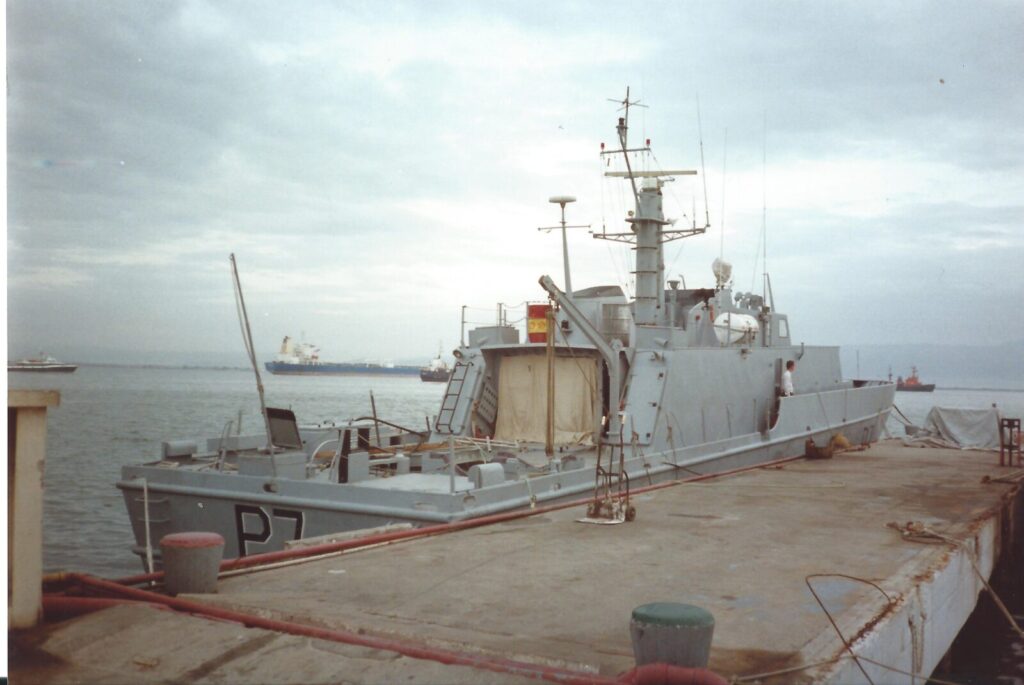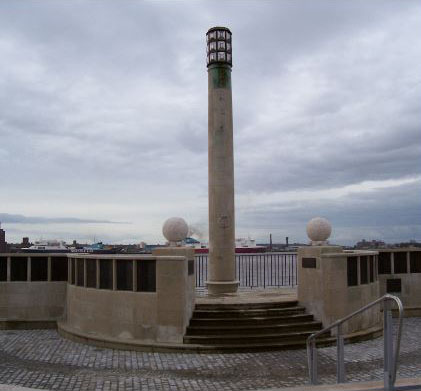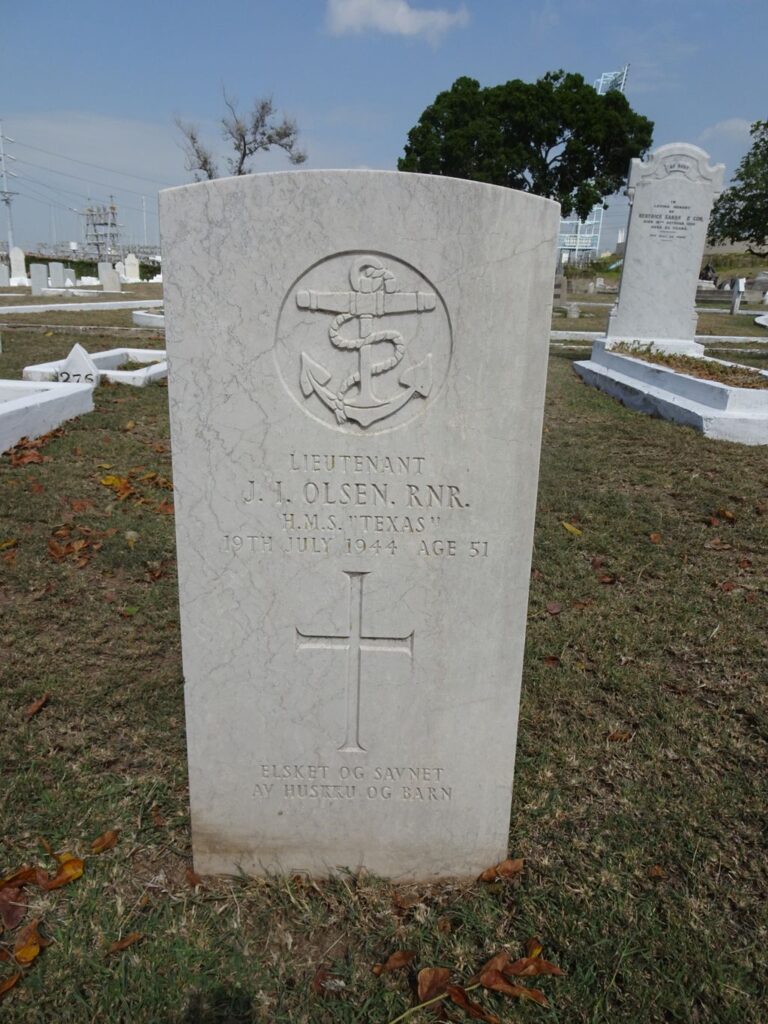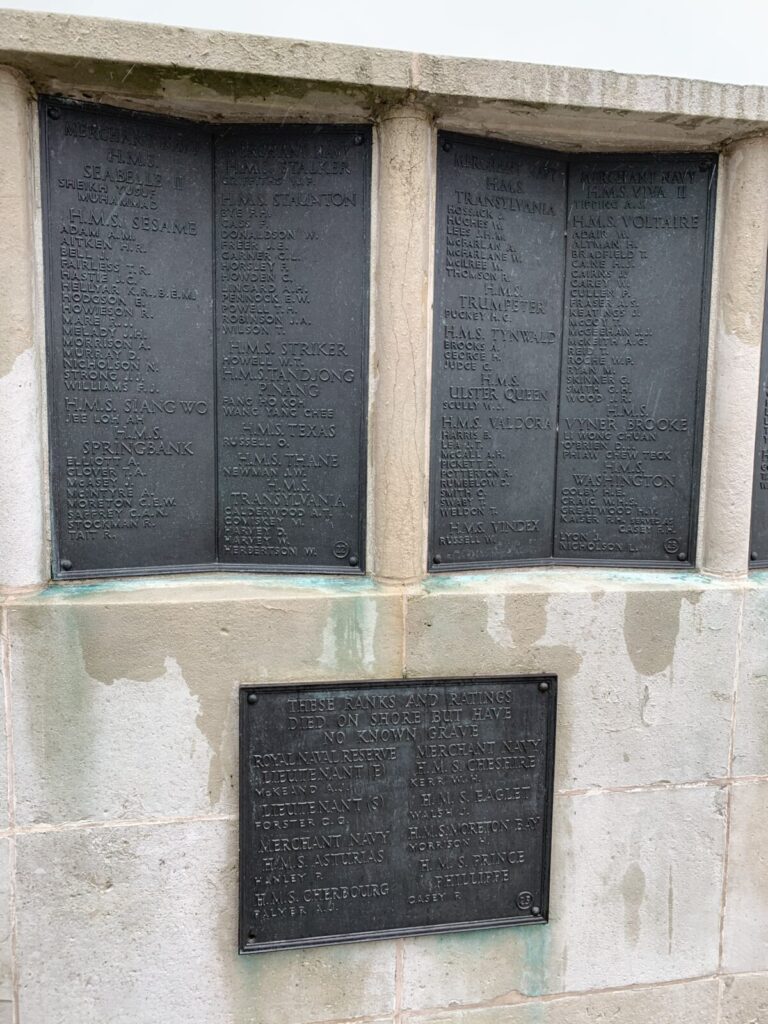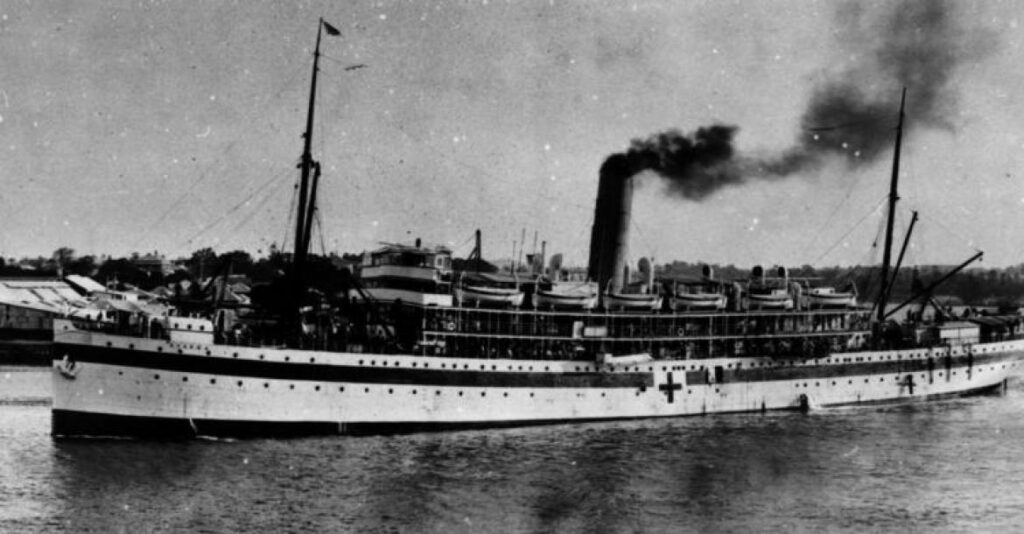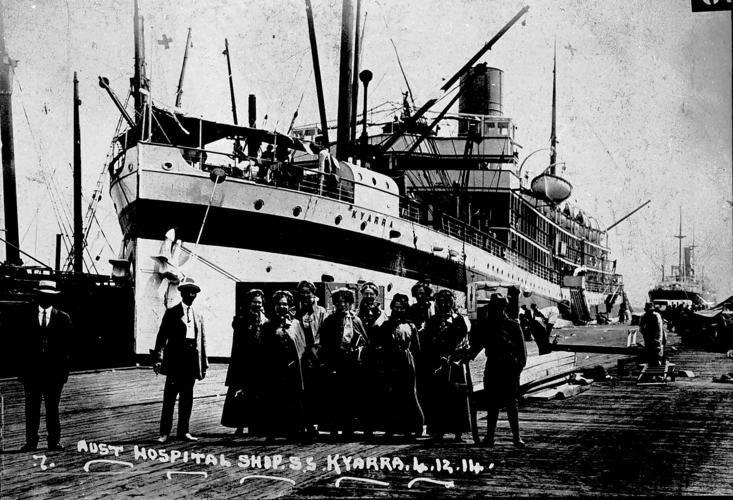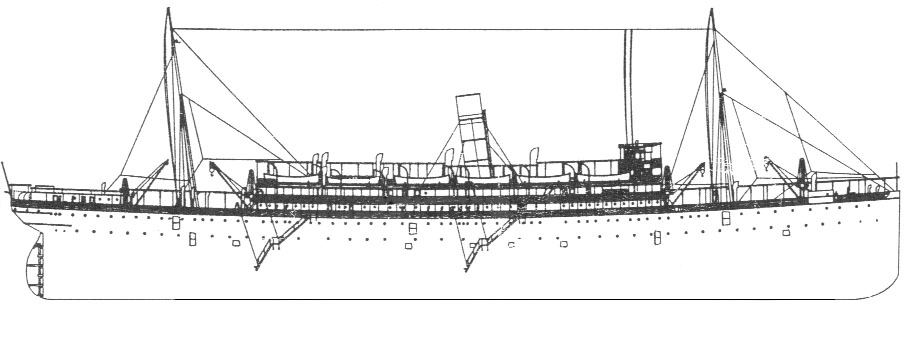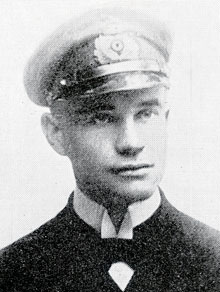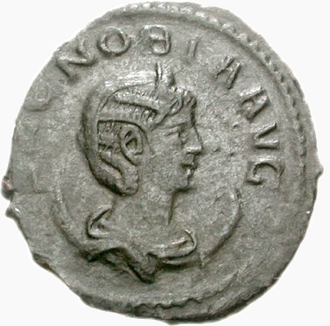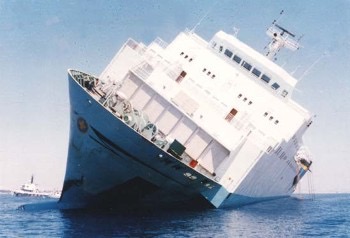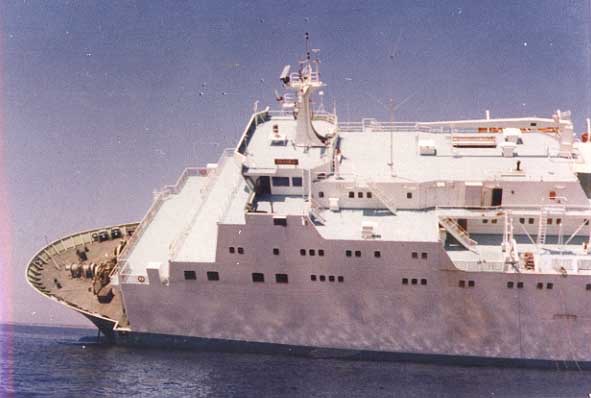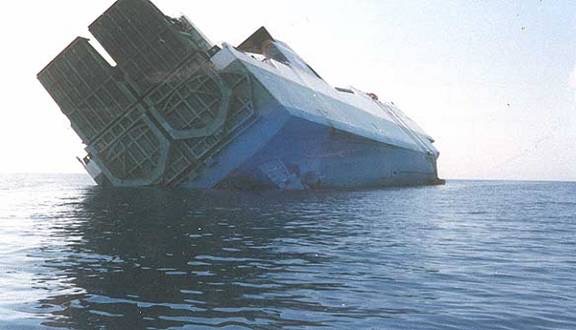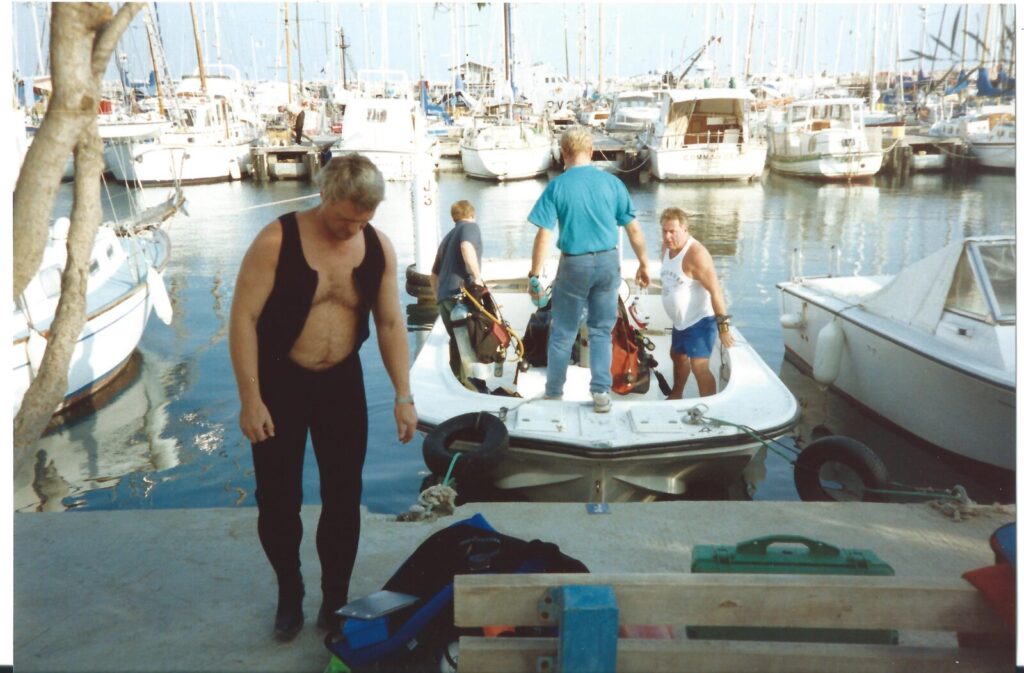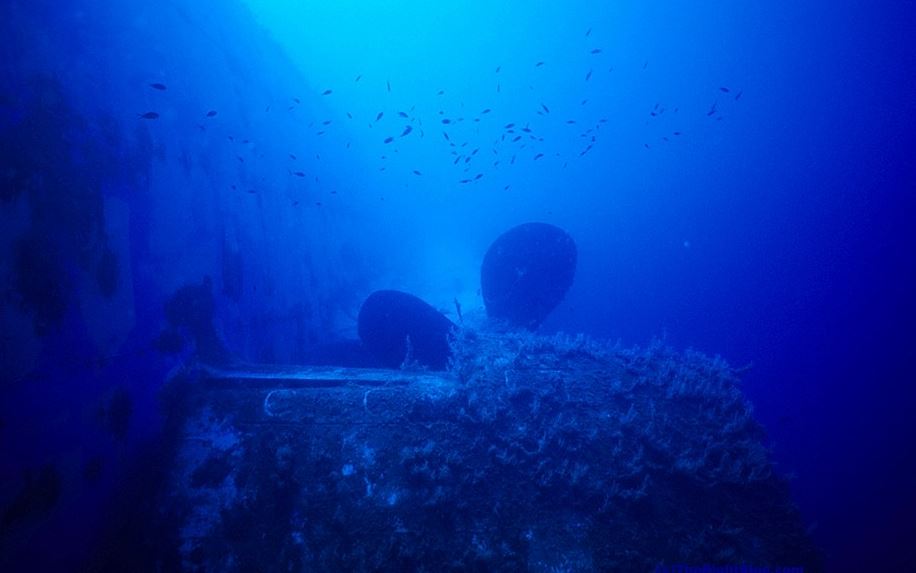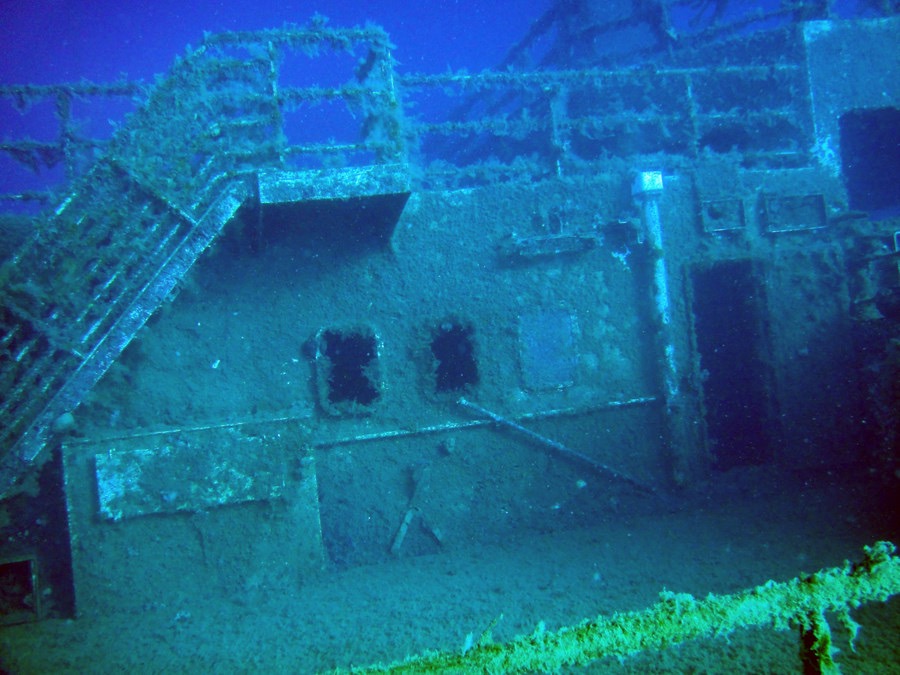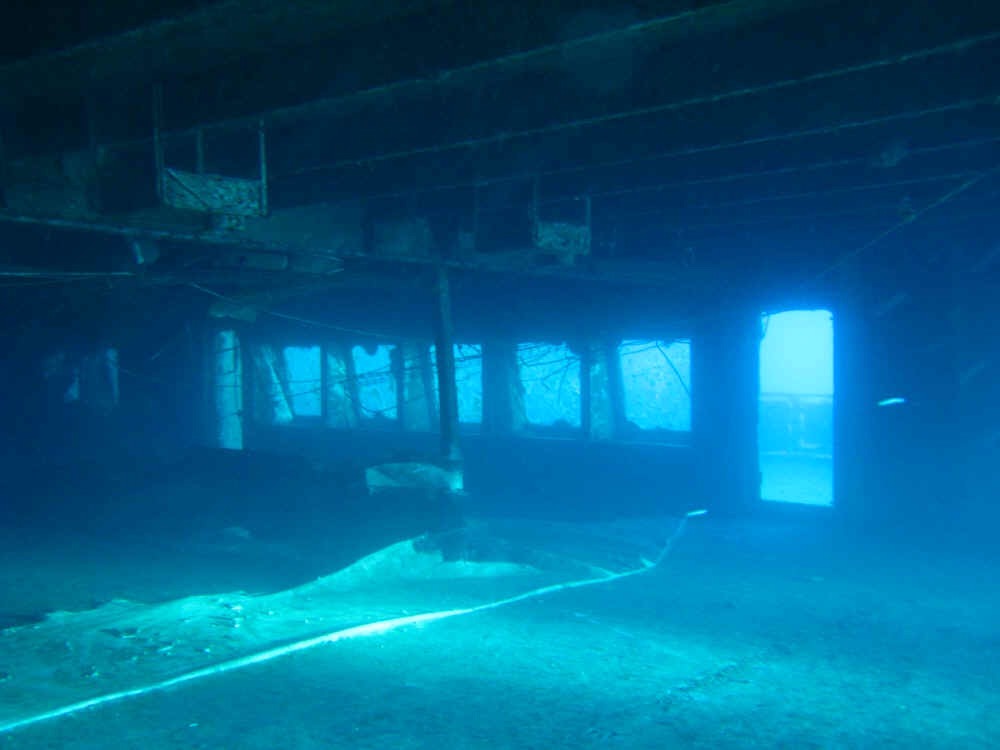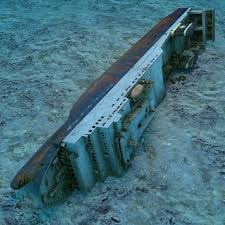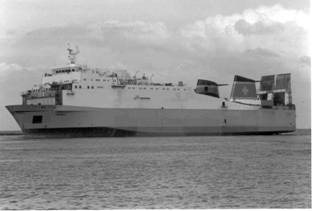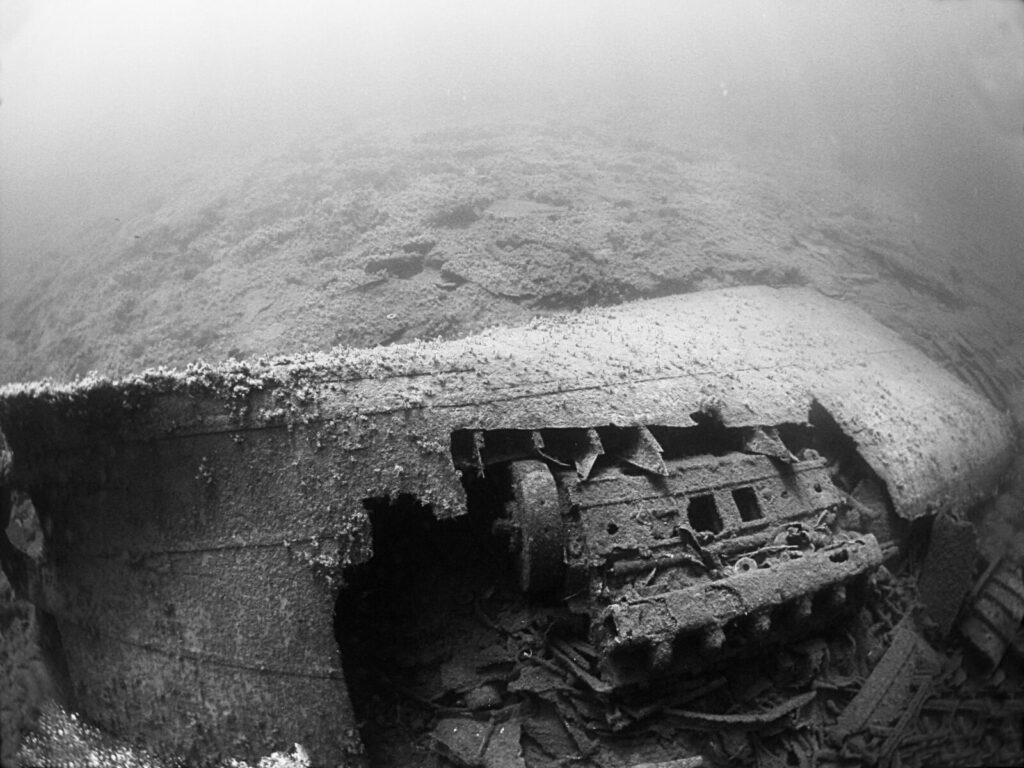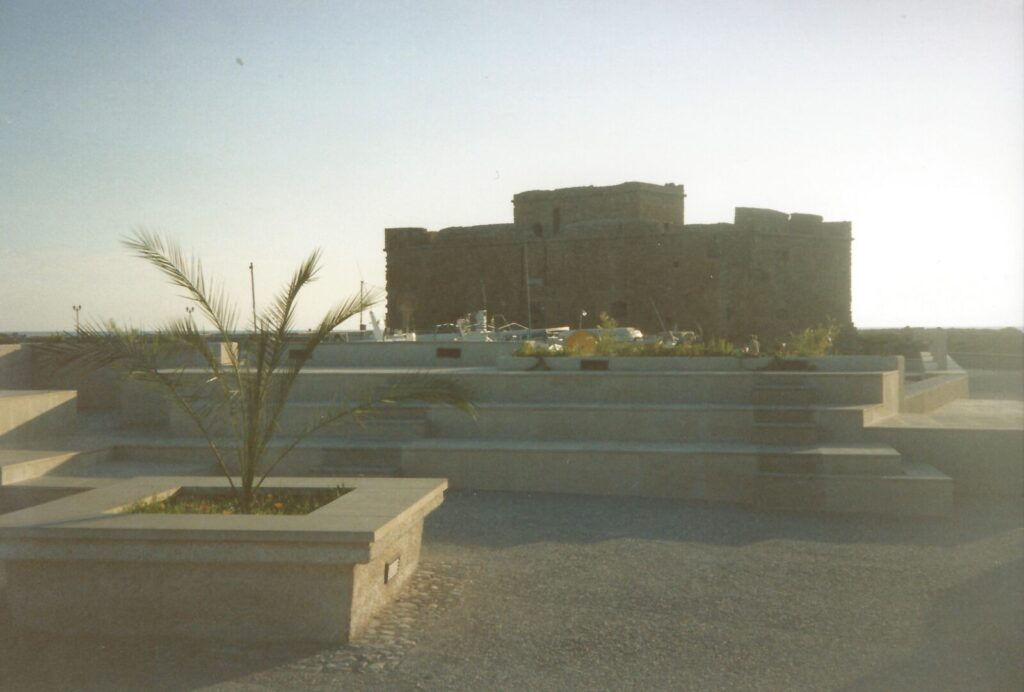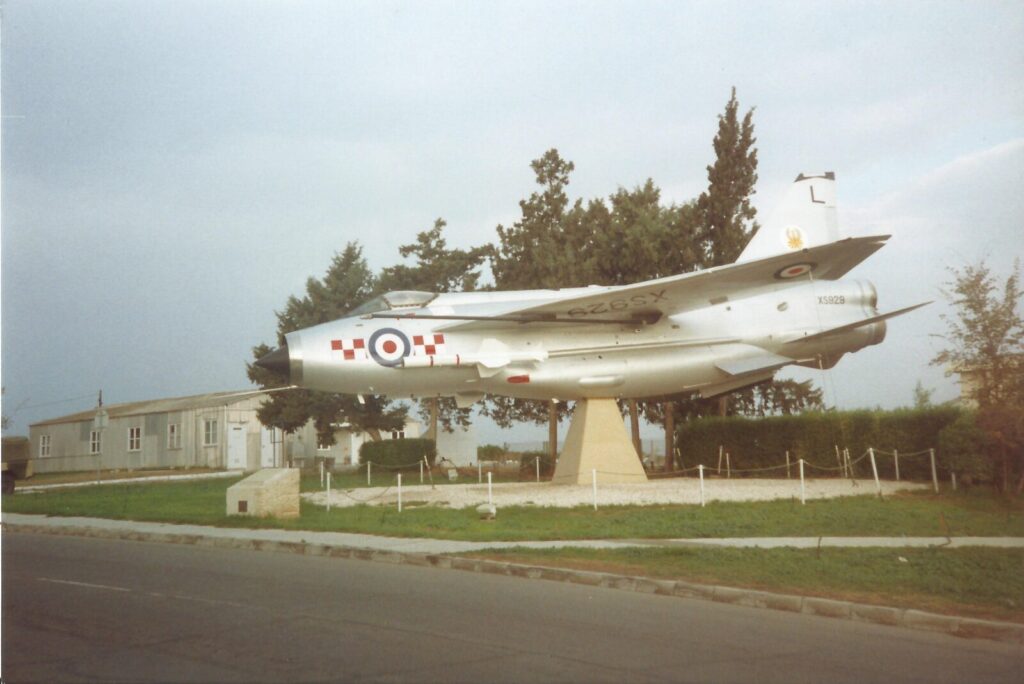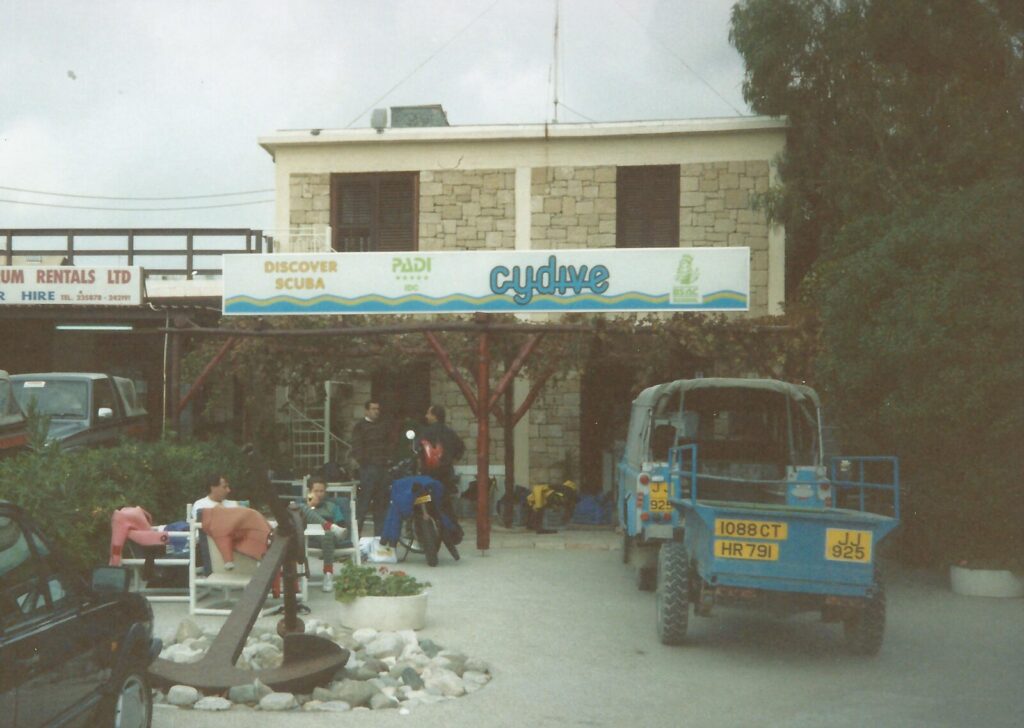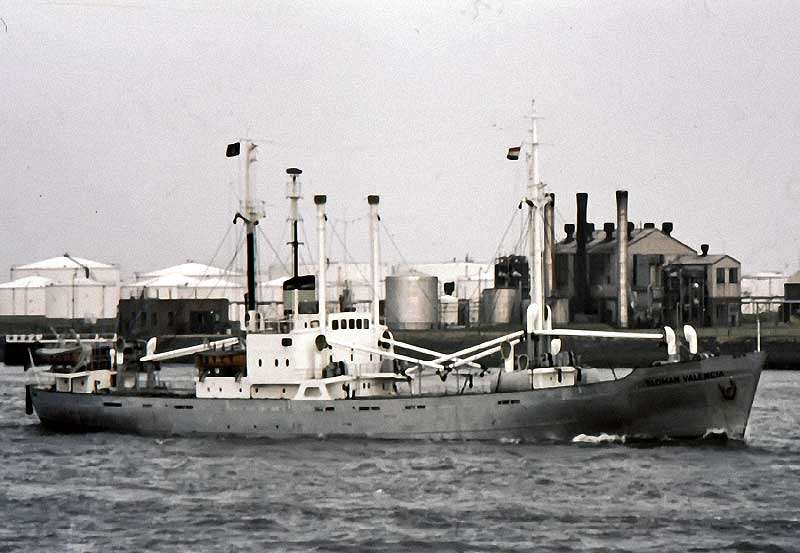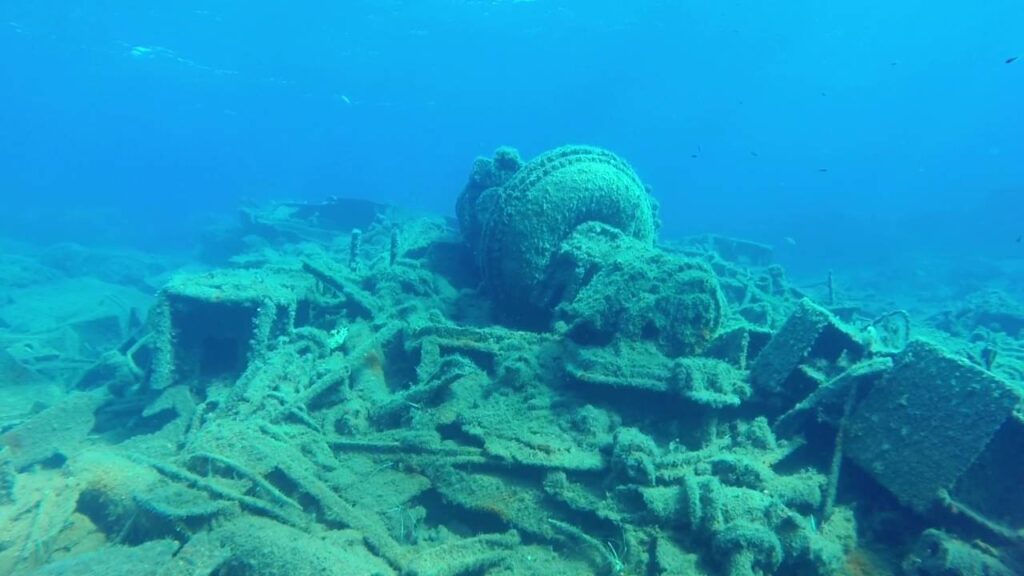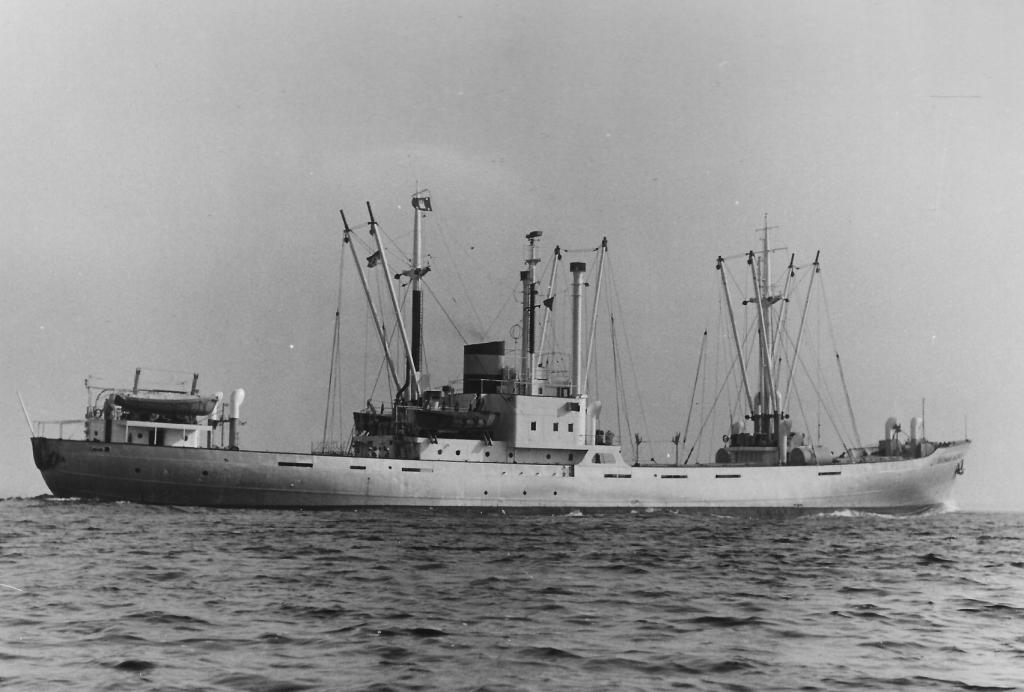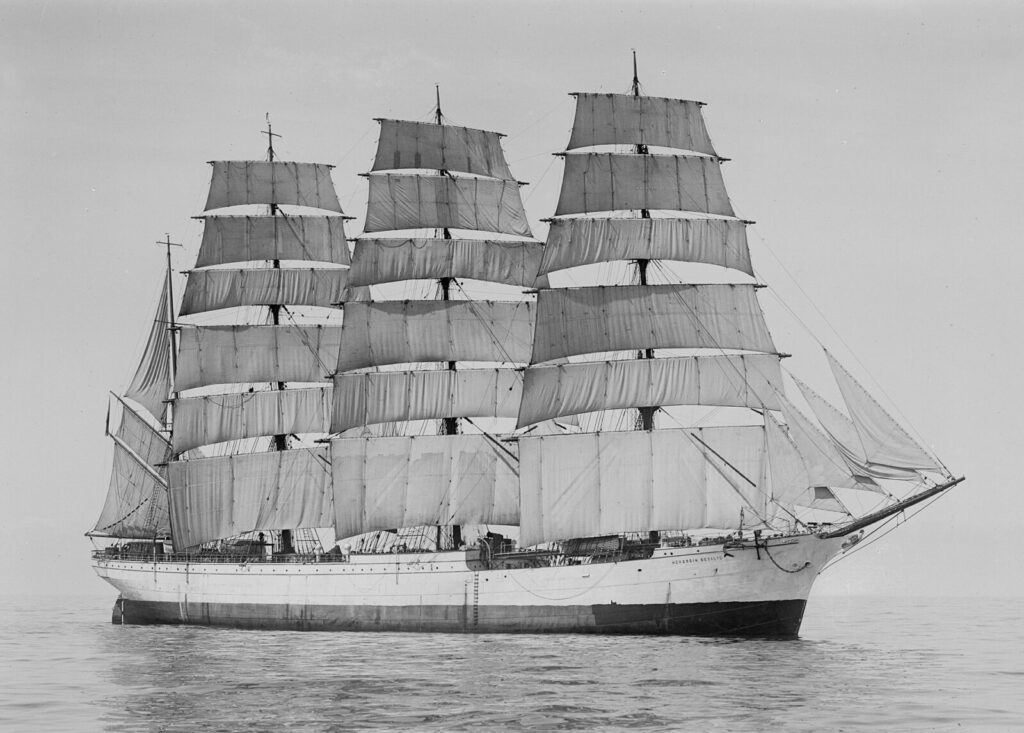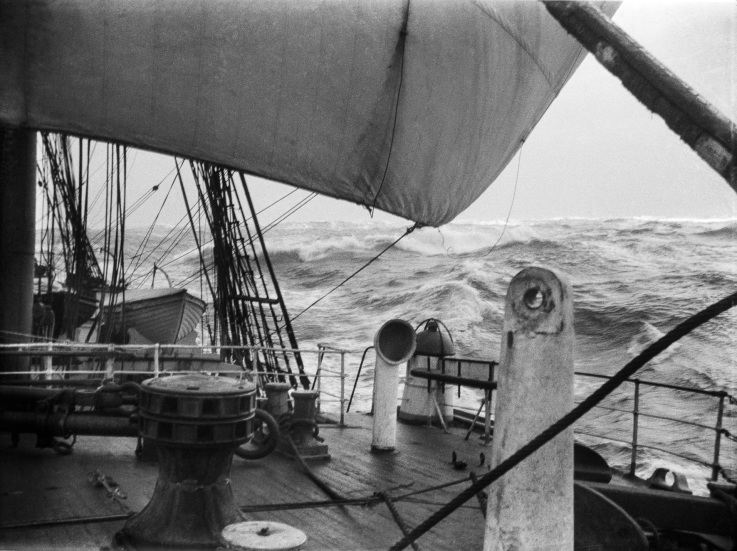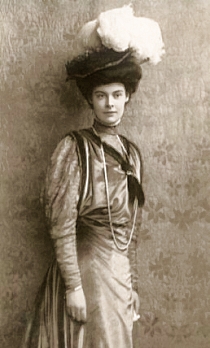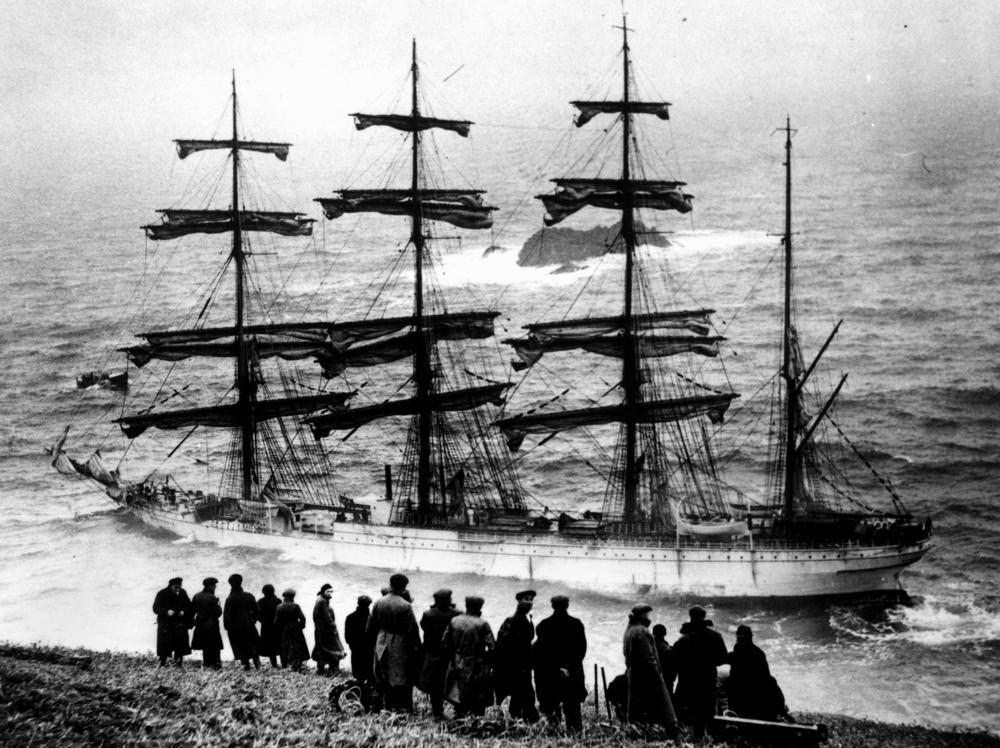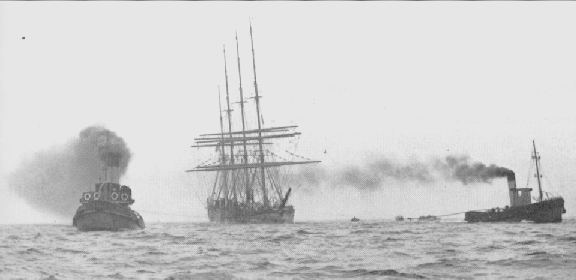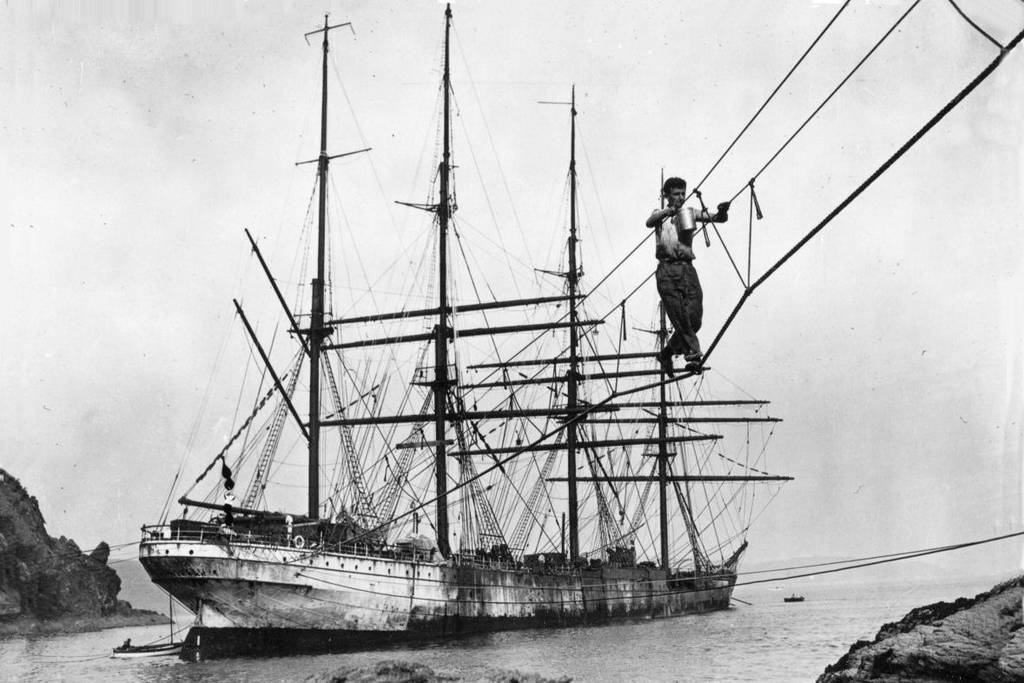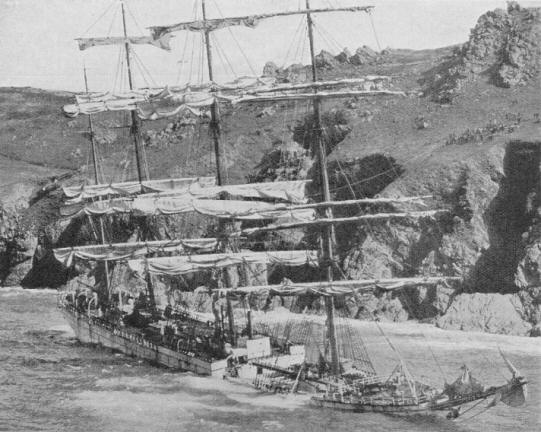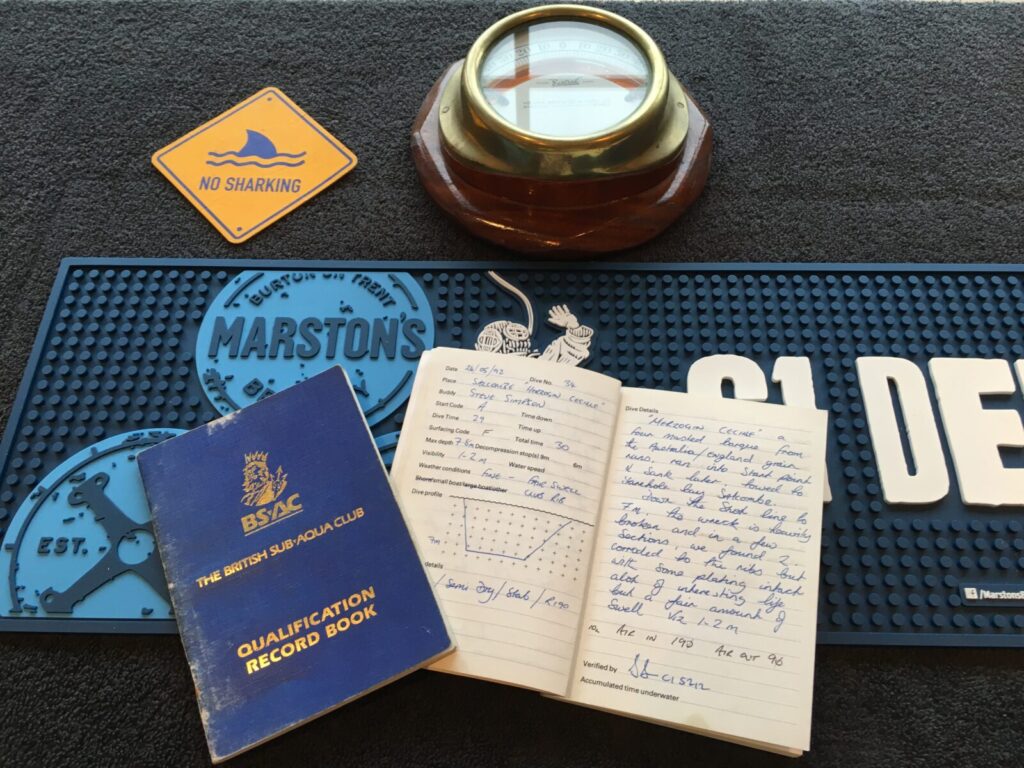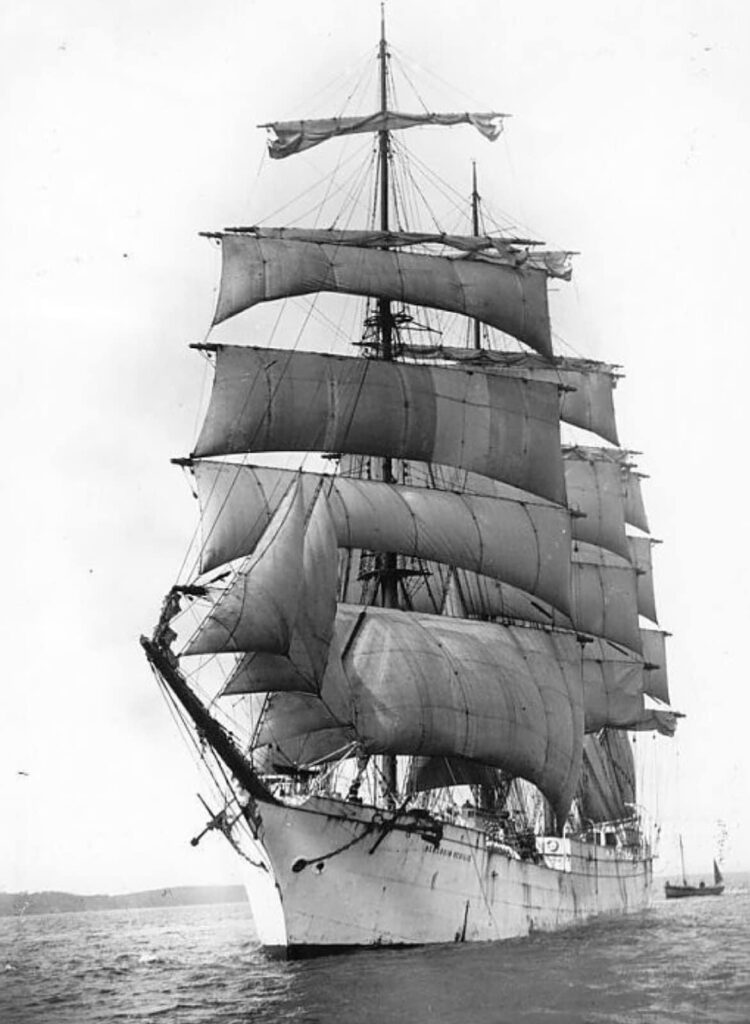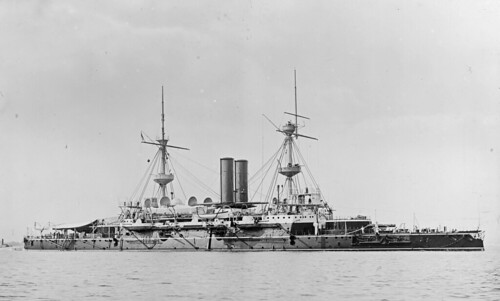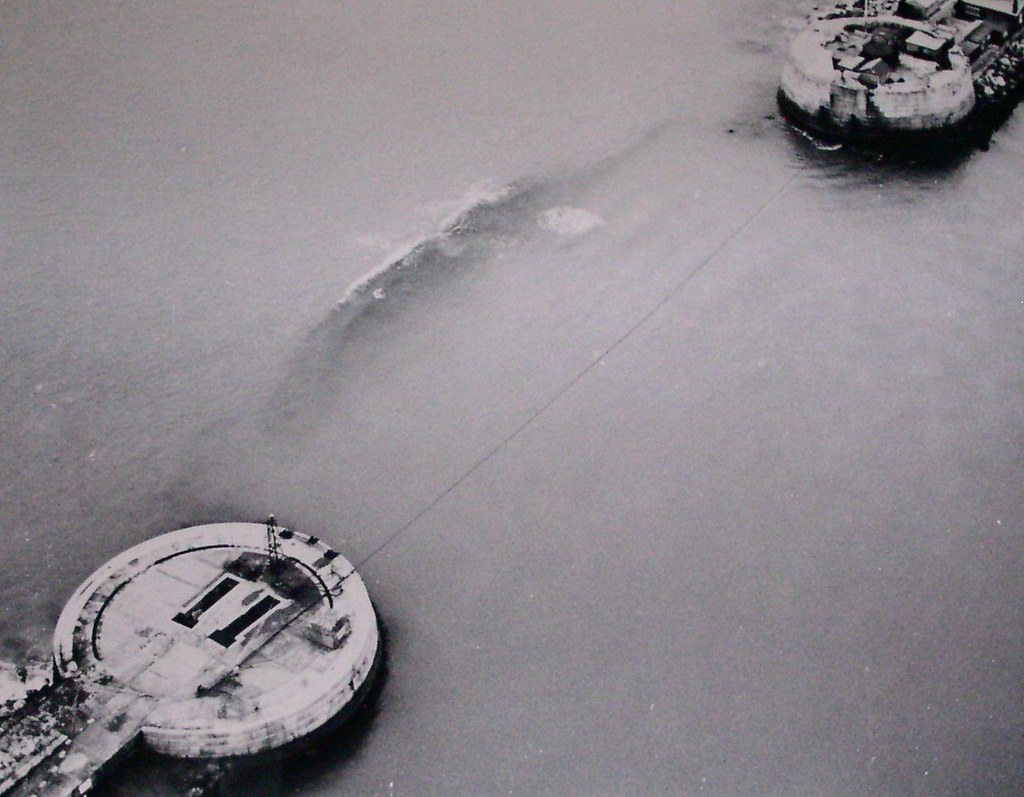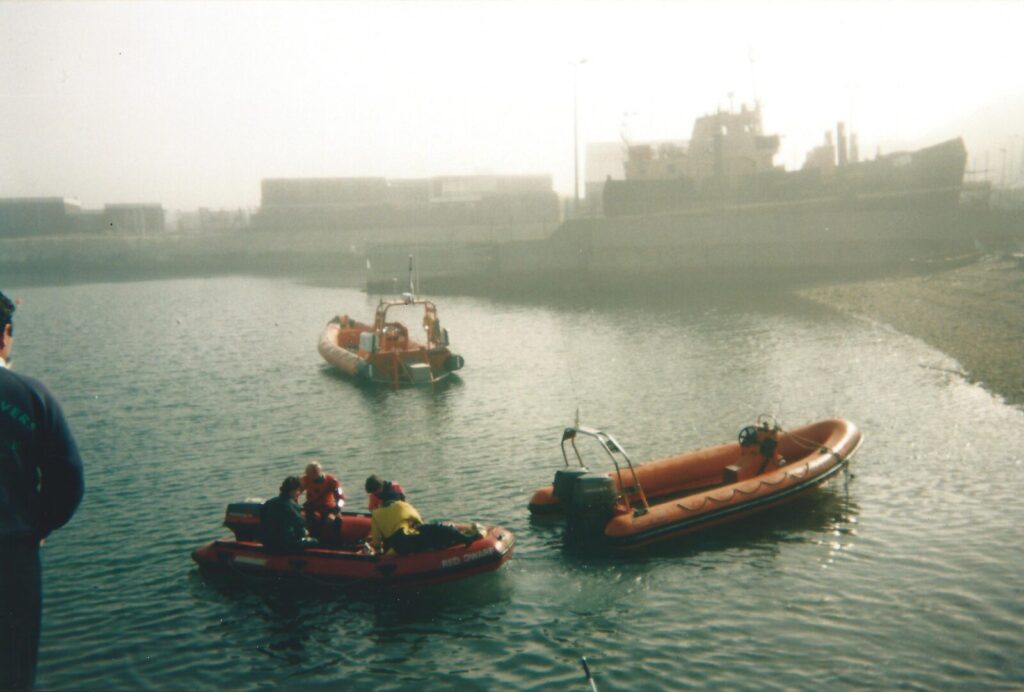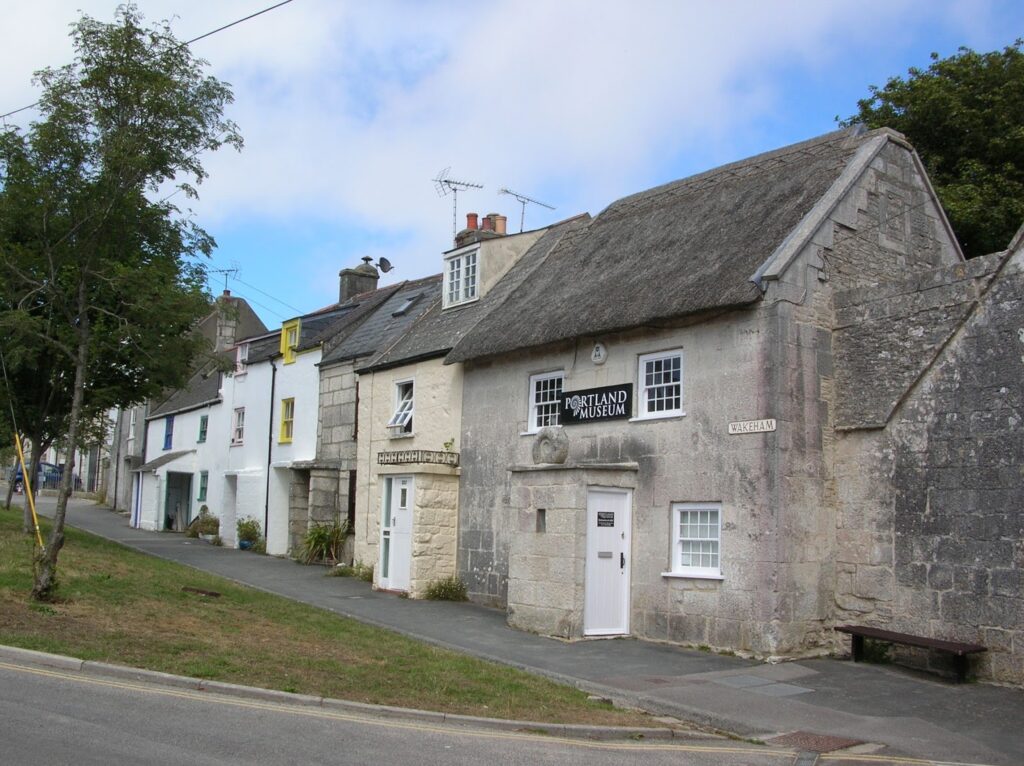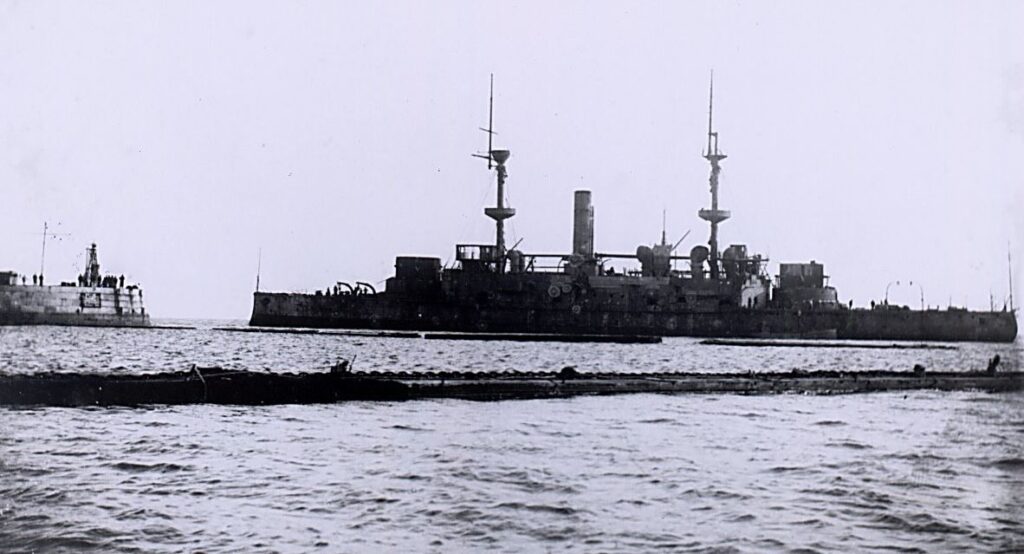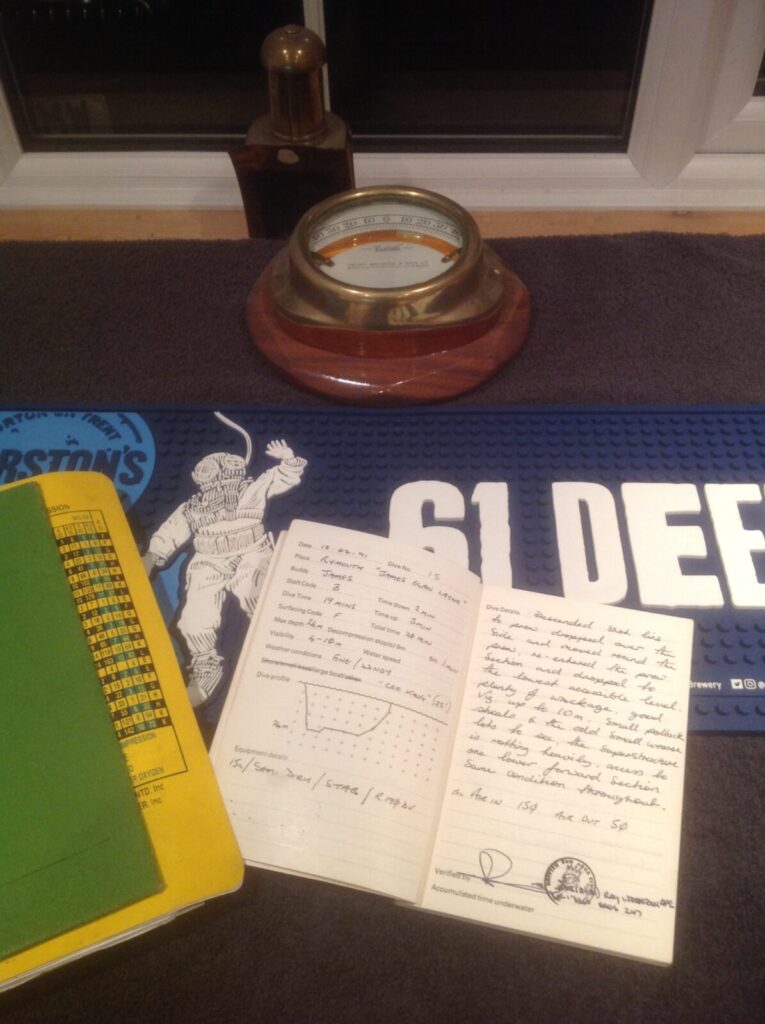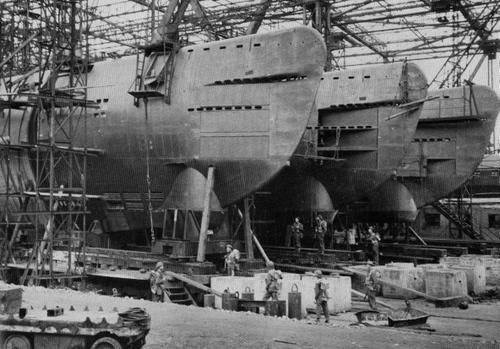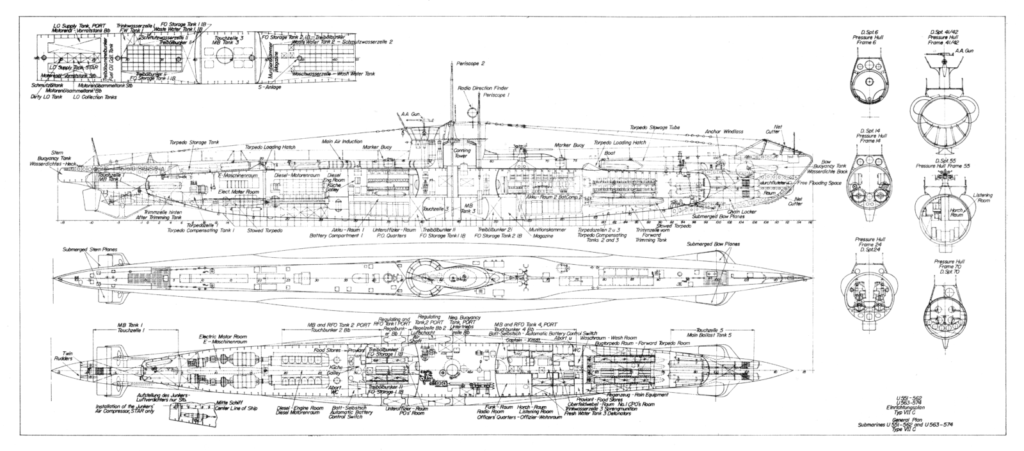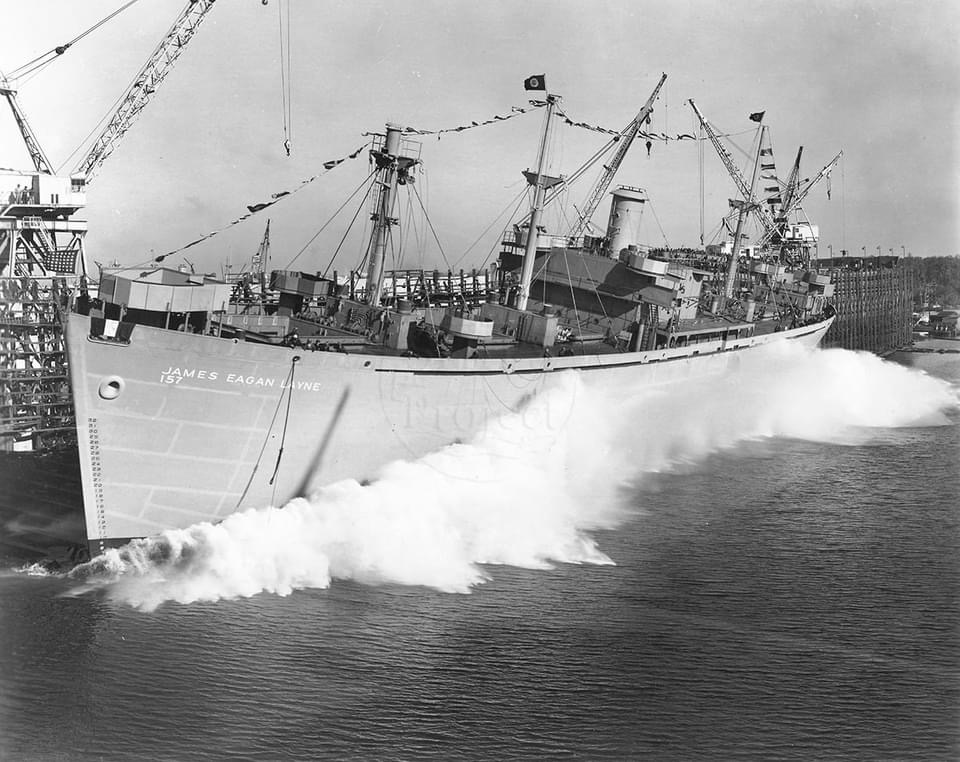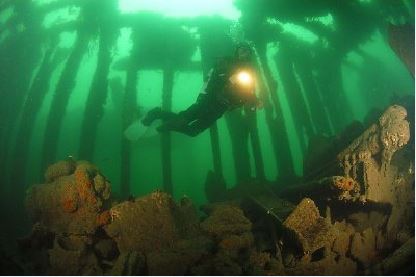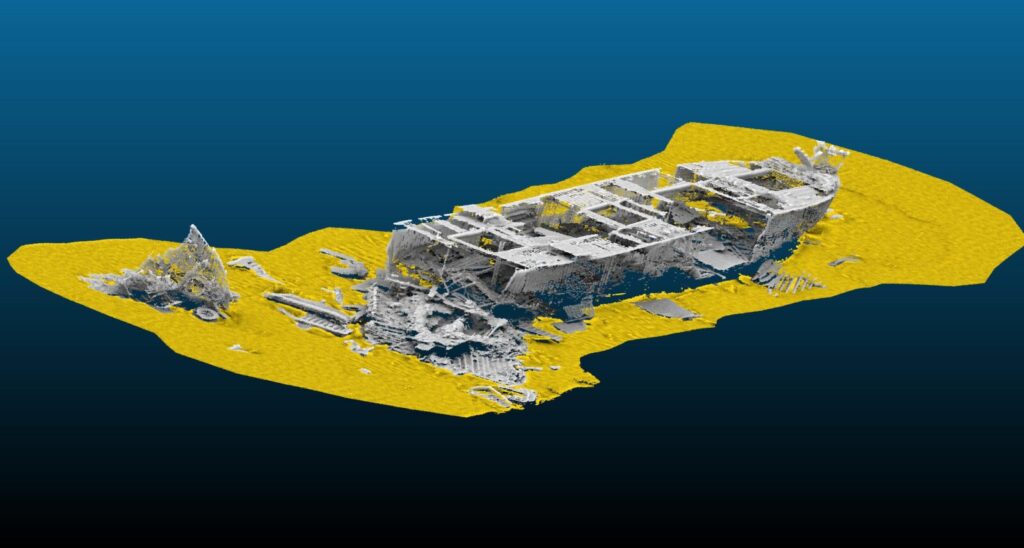Built by Walpole, Webb & Bewley, Dublin, Ireland for the London and North Western Railway in 1868, The Countess of Erne was a Steam Paddle-Ship and likely named after Mary Caroline Crichton (Nee-Hervey 1753-1842) the Countess of Erne, Ireland, from a peerage created in 1789 for John Creighton, 2nd Baron of Erne of Crom (Gaelic: Caislean na Croime) Castle in the county of Fermanagh. The Countess was not the first of her name by any means, in 1842 a 66 foot steamer of the same name paddled down lough Erne on Friday 23rd December 1842, watched by hundreds lining the Lough shore “…to catch a glimpse of the wonderful sight of a steam boat on Lough Erne” (K.Wilson: Lough Erne Heritage, in the Fermanagh Herald 01/2018). Sadly that steamer was lost to a fire 25th June of 1846 and lies in Lough Erne near Belturbet, one of her regular stops on runs between Lisnaskea and Enniskillen…..another odd example of the “Six degrees of separation”, as Lough Erne and Enniskillen were a big part of my 7 months in the province, back in the day….
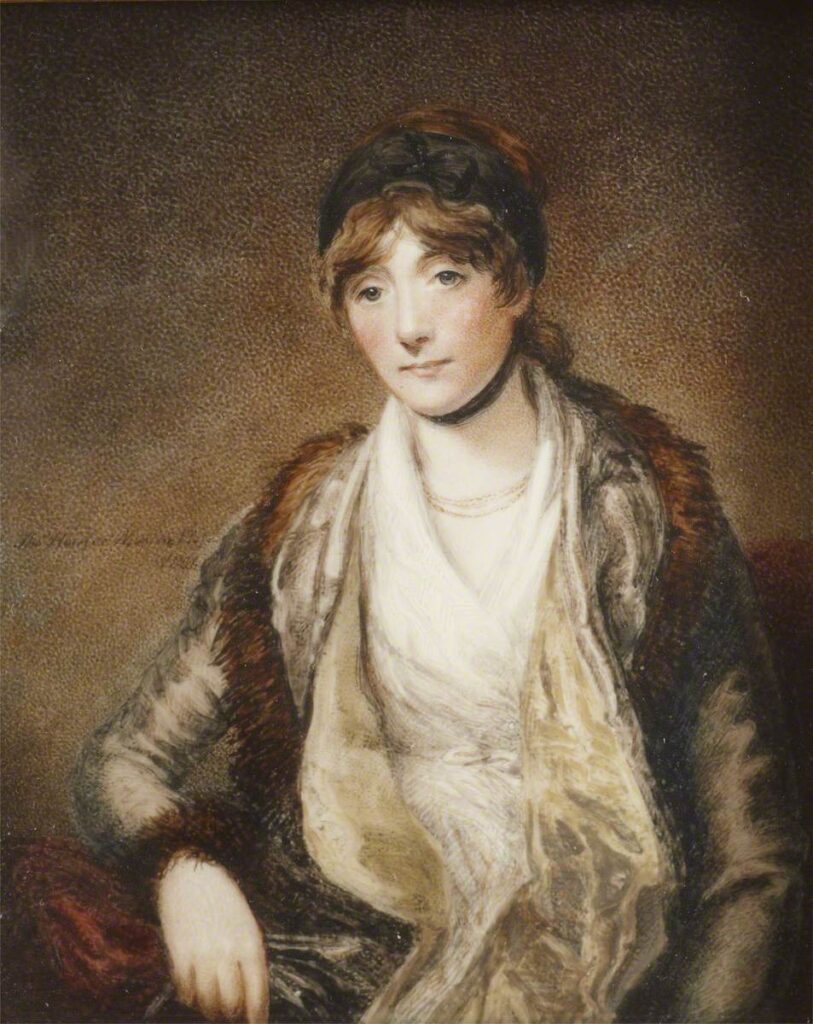
Our Countess of Erne lies in Portland Harbour, inside the breakwater in around 15m of water, lost after breaking her moorings in a terrible gale in 1935, and sinking as a result of being dashed against the breakwater itself, now sitting upright on the silty bottom of Portland harbour, at the base of the rock foundations of the wall itself
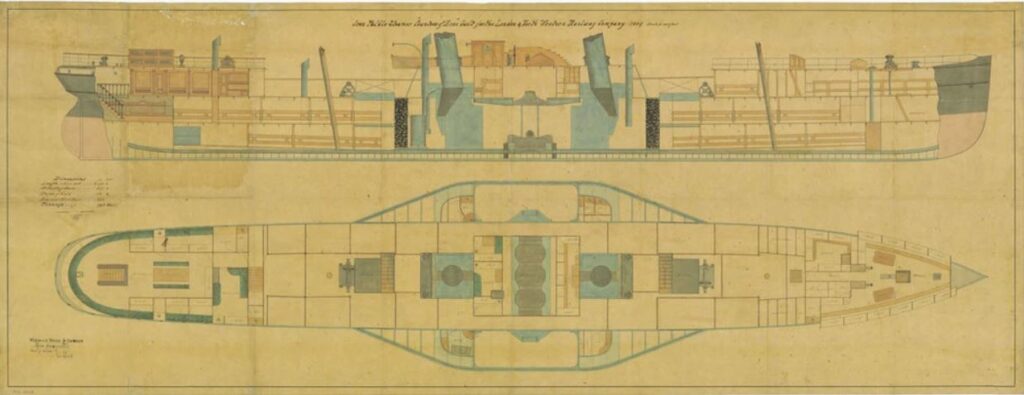
The Countess of Erne had been a commission for the Walpole, Webb & Bewley shipyard of Dublin from the London and North Western Railway, she was to be a paddle-ship, passenger steamer of 825 tonnes and to be completed and launched in 1868. The Countess was completed on time and to order and had an illustrious, if short, career as a passenger and cargo ferry between Holyhead, Anglesey and Dublin from 1869-1873, after which she was re-routed between Holyhead and Greenore, the only privately owned Port in Ireland. Her owners, the LNWR were formed on 16 July 1846 by amalgamating the Grand Junction Railway, London and Birmingham Railway and the Manchester and Birmingham Railway, thus fulfilling plans for the Great Western Railway’s route North from Oxford to Birmingham. The company owned approximately 350 miles of rail connecting London with Birmingham, Crewe, Chester, Liverpool and Manchester (Wikipedia) with headquarters at Euston railway station
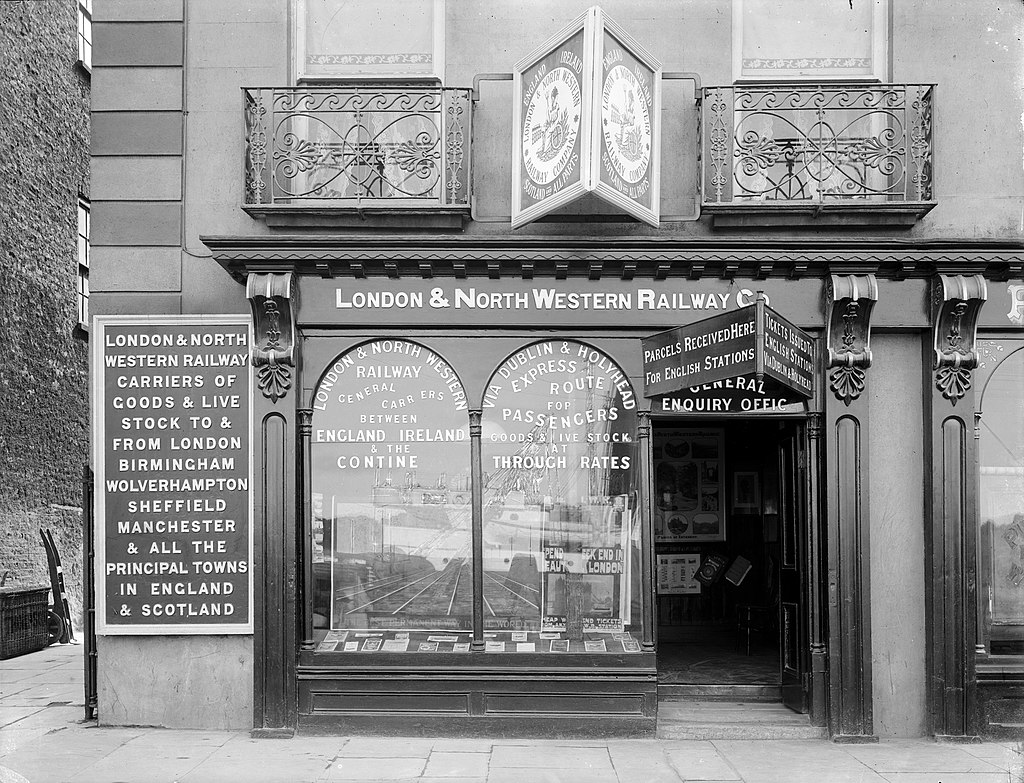
The Countess seemingly had a charmed life between 1869 and 1873, however she collided with and sank a vessel named “Dodder” during her time on the Greenore run, and, in 1883 she collided with the collier “Captain Parry” (Sweeney, P: “Liffey Ships and Shipbuilding”. Mercier Press) after which she was repaired and then sold in 1889, after Twenty years ferrying travelers between Britain and Ireland in the glorious days of steam. That is no mean achievement for a paddle-steamer, the crossing can be a rough one and has, on many occasion, been abandoned by even modern ferries, as I found out on a dive trip back in April of 1998 when we were forced to travel from Bangor in Wales, to Holyhead on the isle of Anglesey, in order to embark for Ireland, as the Bangor ferries couldn’t get out of the harbour. It was touch and go out of Holyhead too, with high seas all the way across the Irish Sea, with my Three lads loving running across the deck of the ferry whilst it rolled to 45’ each side, whilst most other passengers were Green and throwing their breakfasts over the side and down the corridors…..
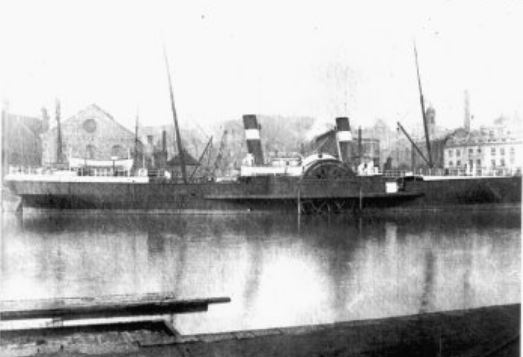
So the Countess was a survivor, it must have been painful for her when in 1889, after Two decades sailing passengers across the Emerald seas, she was sold to the Bristol General Steam Navigation Company and used for a couple of years between Bristol and the Southern English coastal ports before being sold for scrap. That wasn’t to be her final ignominy though as, far from being scrapped, the Countess was converted to become a coal supply barge, and would eventually find her way to Portland in Dorset and drudgery, her once fine paddles removed, her proud decks burdened with Temperley Gear to transfer coal from her holds to those in harbour about to undertake more glamorous journeys…….

Another twist of irony, or, if you wish, another knife in the Countess’s keel, would’ve been the use of Portland stone, quarried just half a mile from her ignominious mooring in Portland Harbour, to represent the company crest at Euston station, headquarters of the Steamship owners of the London North Western Railway……..
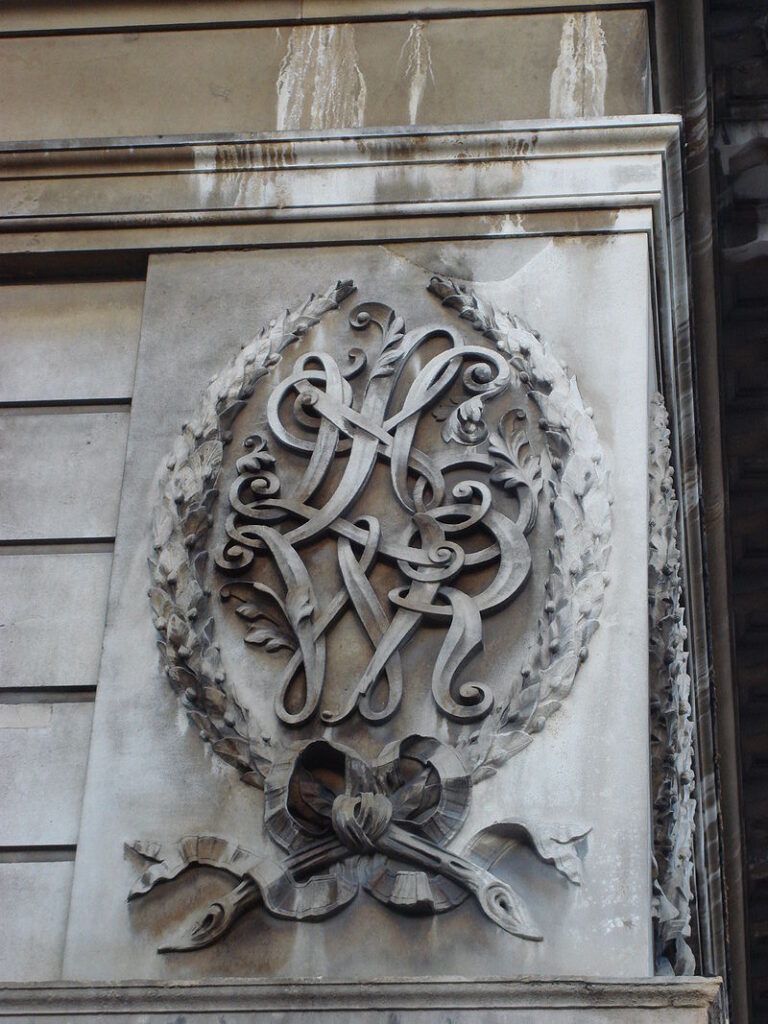
The Bristol General Steam Navigation Company had been founded in 1821 by eight Bristol merchants and started services as the “War Office Steam Packet Company” with routes to Ireland, operating a War Office contract shipping troops, recruits and convicts. The War Office contract expired in 1827 and the company changed its name to “The General Steam Packet Company” in order to avoid confusion with London’s “General Steam Navigation Company”, their direct competition for shipping and passenger services to the continent. In 1834 the name was changed again becoming “The Bristol Steam Packet Company” although that was short-lived quickly becoming, in 1835, “The Bristol General Steam Navigation Company” until 1877 when, in its final iteration, it changed to become “The Bristol Steam Navigation Company”, a name it kept through a Hundred years continuing in shipping until 1980
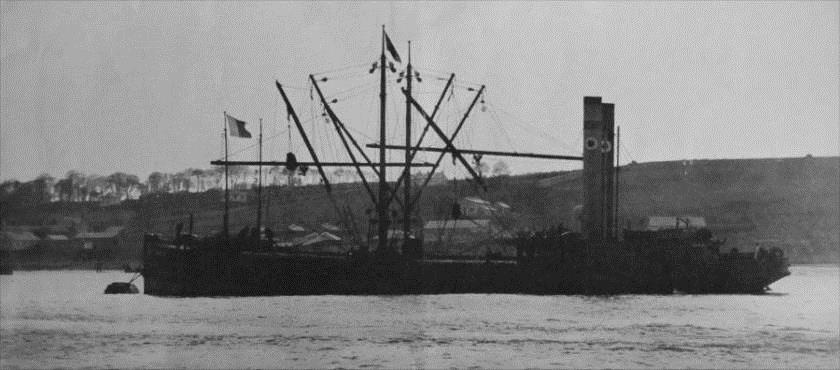
The Countess continued her service with the Bristol General Steam Navigation Company for the next thirty odd years, fueling the steam-ships coming into and going from Portland harbour, her holds today can be seen as clear, which shows she retained her hull shape, however it is clear the Countess was fitted with the coaling gear of the time, which could be one of several designs called “Temperley” and consisting of, variously, derricks, or beams, on masts with bucket and draw-string type arrangements for lifting large buckets across to those requiring coal, or the type of belt conveyor invented by William Arrow of Glasgow in 1893 and appearing on several coal ships of the day, although almost impossible to find in photographs of the era…..

Coaling, or sometimes “Bunkering” was a dirty and dangerous affair carried out by “Trimmers”, men of the ships engineering contingent (there were 73 Trimmers on Titanic), who were responsible for loading the coal for the ships boilers and keeping it from catching fire, something it often did as coal dust is notorious for spontaneous combustion in dry, hot environments such as a ships coal bunker….. The job was physically hard, lifting, shoveling and man-handling tons of heavy coal required to fuel long journeys aboard ships sometimes crossing the Atlantic, worse still, as we know today, the effects of coal dust on the lungs is terrible, causing cancer and other respiratory diseases, these were tough men and their job was harsh and unforgiving, one of, if not, the worst job aboard any ship!
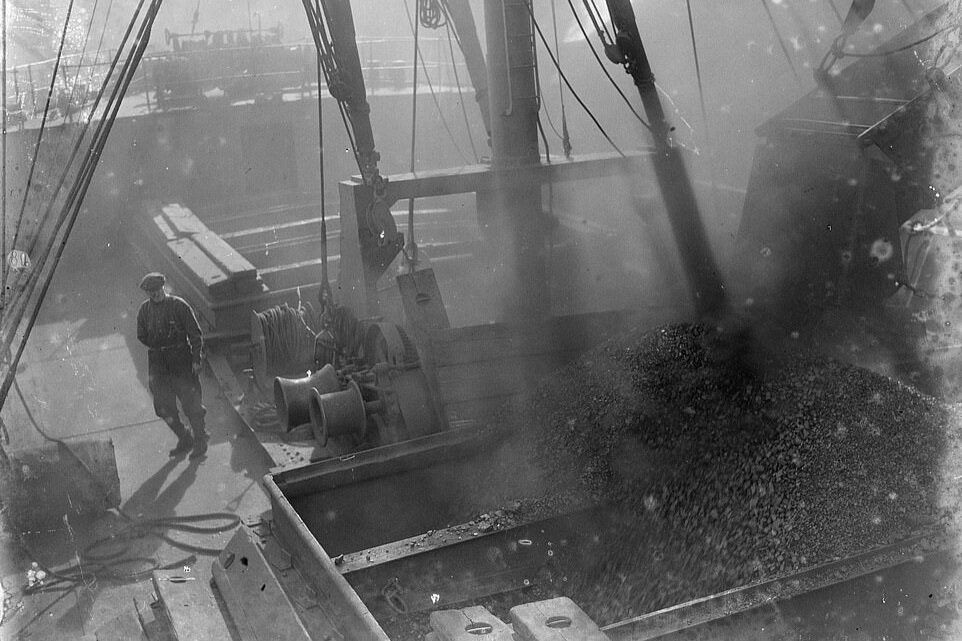
For those of you who love the technical detail, here is what I have, sparse as it is: Builders: Walpole, Webb and Bewley, Dublin, Ireland in 1868, The Countess of Erne was a Paddle Steamer of 241.4’ (73.6m) length with a Beam of 29’ (8.8m) and a Draught of 14.3’ (4.4). She was 830 Gross Tonnes and was powered by Two oscillating steam engines of 350 hp at 20psi her yard number was ON 58409 and she was launched September of 1868 and could make 13 Knots, by far the fastest of the LNWR paddle steamers of the day

Sadly the Countess was seemingly stripped of all her fixtures and fittings before her employment as a coaler began, there is nothing of her oscillating engines remaining, nor of her upper deck structures. It may be that somewhere, who knows where, there are remnants of this once majestic paddle- steamer of the LNWR. It is nice to think there is something left of the Countess, perhaps not the complete engine, but maybe there are pieces…….

By the time the Countess was nearing the end of her service and being stripped out, Isambard Kingdom Brunel had introduced the propeller to the world, in 1843, on the ship SS Great Western. The Great Western was not the first ship to be fitted with a prop, that honour belongs to the SS Archimedes, built in London 1839, but she was instrumental in changing global opinion, and the move to propeller driven vessels heralded the beginning of the end for elegant paddle steamers like the Countess of Erne and, in another of those ironies, the SS Great Western suffered the same fate as the Countess of Erne, ending her working days as a coal hulk in port Stanley in the Falkland Isles in 1884………
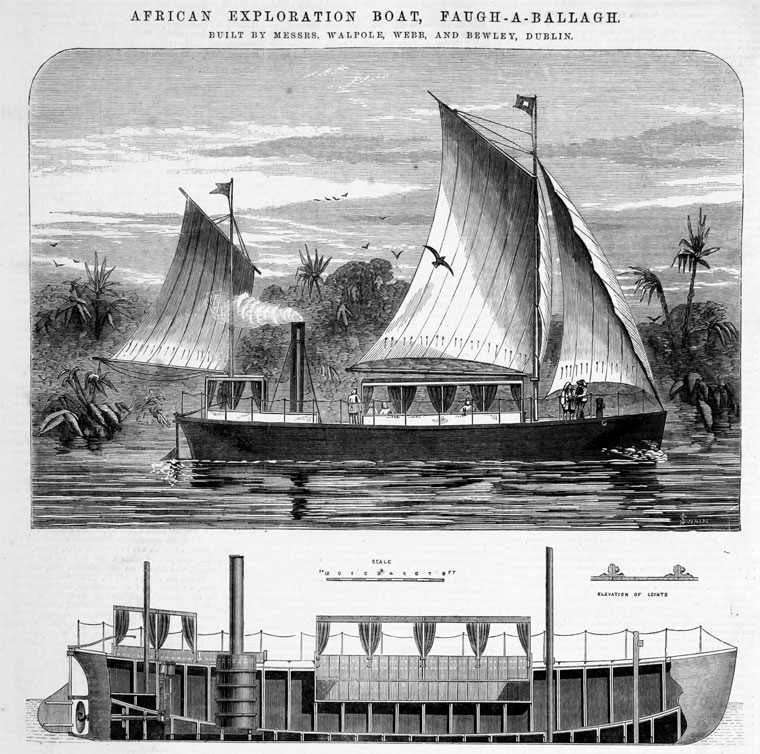
My first dive on the Countess was 24th May of 1995, I had just passed my 100th dive (she was 107) in the log-book, and the little Red Book says: “Down the shot to the “Countess of Erne” in 14m max, there’s no bridge or superstructure, just the upright hulk of a cargo steamer, heavily silted & heavily rotted allowing great ferreting about. We circuited the stern, the prop’s long gone, and toured the whole length dropping in and out of the holds. Plenty of life, a few large Wrasse & Spider Crabs, couple of Blennies, a wonderful wreck to do and a “dream” for 1st time wreckies to practice penetration”
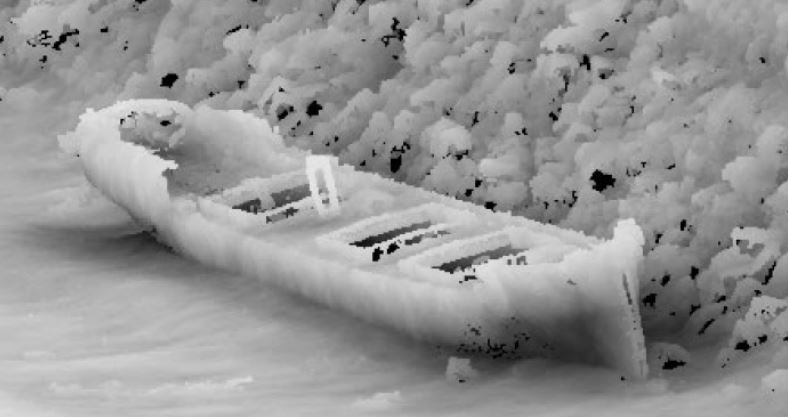
Both me and my dive buddy Toots loved the Countess, who wouldn’t, she is sheltered in the harbour, she is complete enough, her hull being intact, and she has the most wonderful swim-through’s, with complete safety as her decking has long gone. There is plenty of life on and around her and, as long as you are a careful finner (the Countess is covered in fine, deep silt and poor finning makes her the “mistiest” thing you will see, or, more honestly, really not see!), you can spend pretty much as long as you like on her, as she sits very shallow at 14m or so. This was to be the first of quite a few dives I would do on the Countess, and I still believe she is one of the best “introduction” to wreck dives and line runs that you can get!
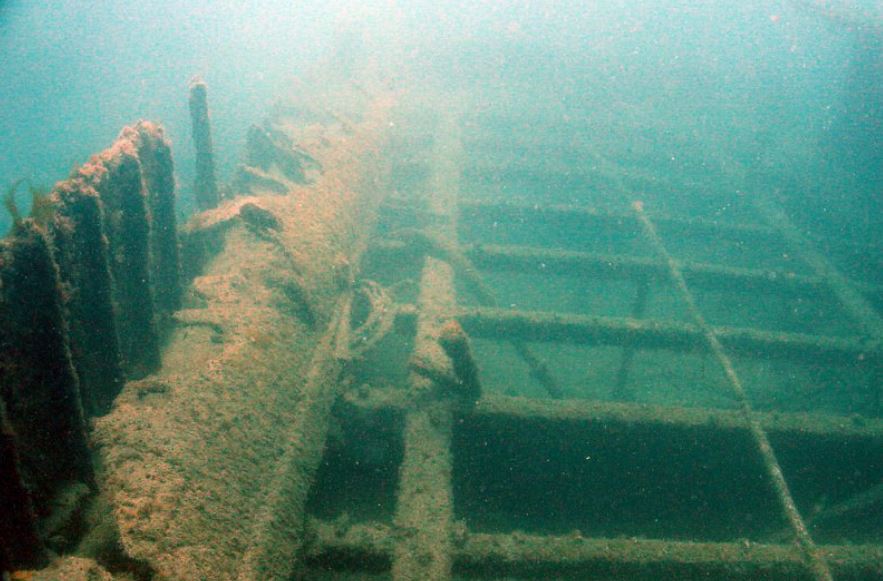
The Countess sat against the harbour wall in Portland after breaking her moorings in a huge storm that raged in September of 1935. The Times (Issue 47172 18th Sept 1935) carried the news with this entry, “-Countess of Erne: Portland, Sept 17 –“ Coal hulk Countess of Erne, owners the channel Coaling Company Ltd., during the early hours this morning wrecked on Portland Breakwater during a terrific south-westerly gale”

The countess wasn’t always recognised, for some years in the 70’s early divers believed they were diving a local wreck called the Himalaya, indeed, it wasn’t until the research of Oxford BSAC in 1973 and ’74 that her real story surfaced. The club’s project officer, Colin Fox, decided the wreck they often dived would be a good subject for further study. Following several surveys over the year, and much wider research, during which Colin wrote to the Queen’s Harbourmaster, and several local residents connected with the breakwater in various ways, (as former crew or local observers) feedback allowed the club to build a picture, and a back-story, leading to the publishing of an article: “A tale of Two Hulks: The anatomy of a club project” in 1976, the article contains a quote from one of those local sources, a Mr. W.A. Symons:
“……..the ship you are diving on is not the Himalaya, she was bombed and sank on her moorings at least three-quarters of a mile from the breakwater. These are facts, for I was on a tug at the time, and we tried to save them and put them ashore but no luck ………In the middle 1930’s–about I would say 1936–in a strong blow, a coal hulk went ashore there, we went to her assistance but she was sunk on the tippings with her stump masts and Temperly gear (a form of rig used on hulks for loading and unloading coal) just above water, this gear was removed by a local firm Basso & Turner and the ship slid down the tipping and would I presume (be) very close to the stones at the bottom of the Breakwater. The name of this one could be COUNTESS OF ERNE ex-railway paddler”
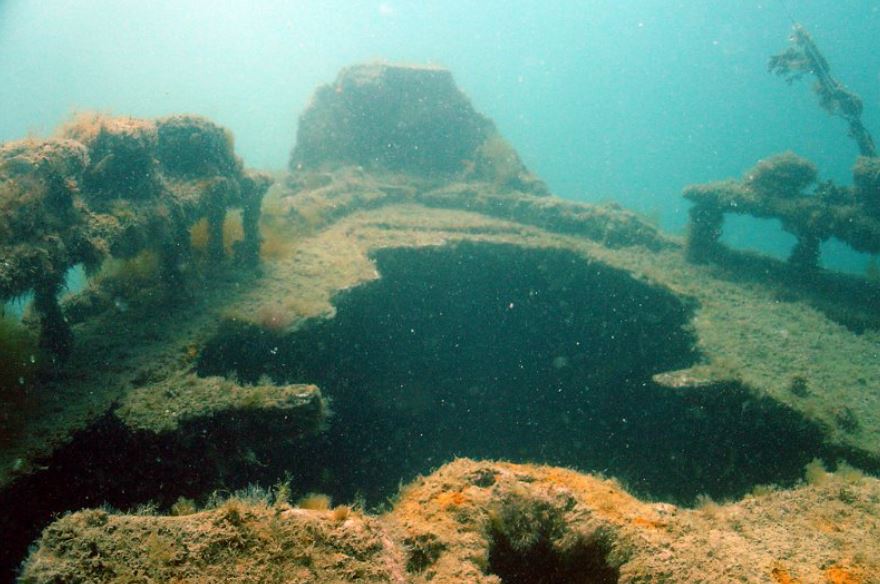
So, finally, the Countess of Erne was recognised for whom she was, and what she had been all along, despite years in the wilderness as a coal hulk, and then years presumed to be the Himalaya. Now she stands against the breakwater, a great dive and a wonderful opportunity to train, or just to gently & carefully kick back and breeze around, one of my favourite shallow dives and a haven, for wild-life and divers alike……. in any weather
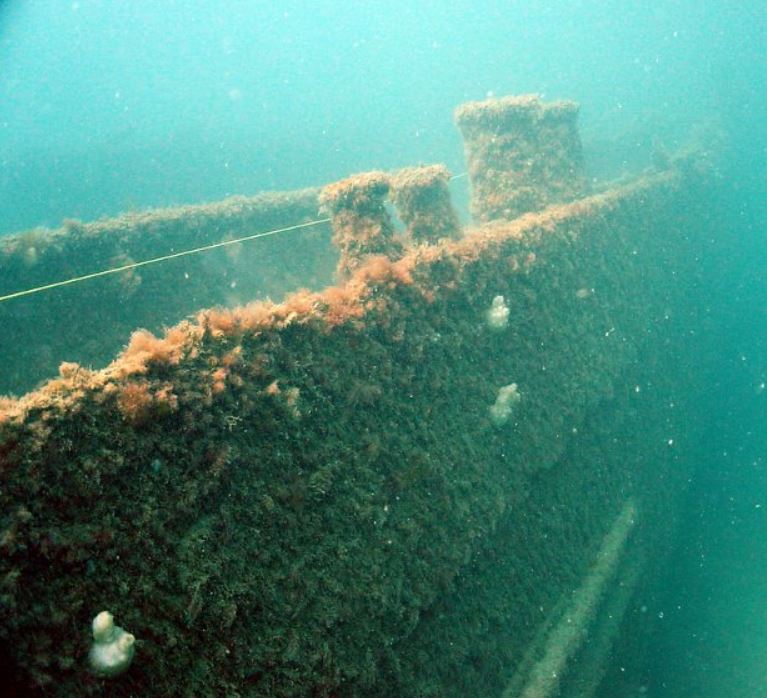
Update: 13/11/2021. I was grateful to receive an e-mail in regards to the Countess of Erne piece from Colin Fox a couple of days ago, Colin was Oxford BSAC’s Project Officer in 1976 and provided a correction to the information from Oxford BSAC’s piece on the Countess “A Tale of Two Hulks”. The author of the piece being Colin Fox himself, and not Alex Gibson as was originally stated in the piece. The attribution to Alex Gibson came from the Oxford BSAC web site, where part of the piece is reproduced, with Alex identified as the author. It is my pleasure to put things right and to have corrected the attributions within this piece. It was also a delight to be sent a copy of Colin Fox’s original piece submitted for publication, detailing Colin’s first dive and his dive and subsequent research on the Countess of Erne.
